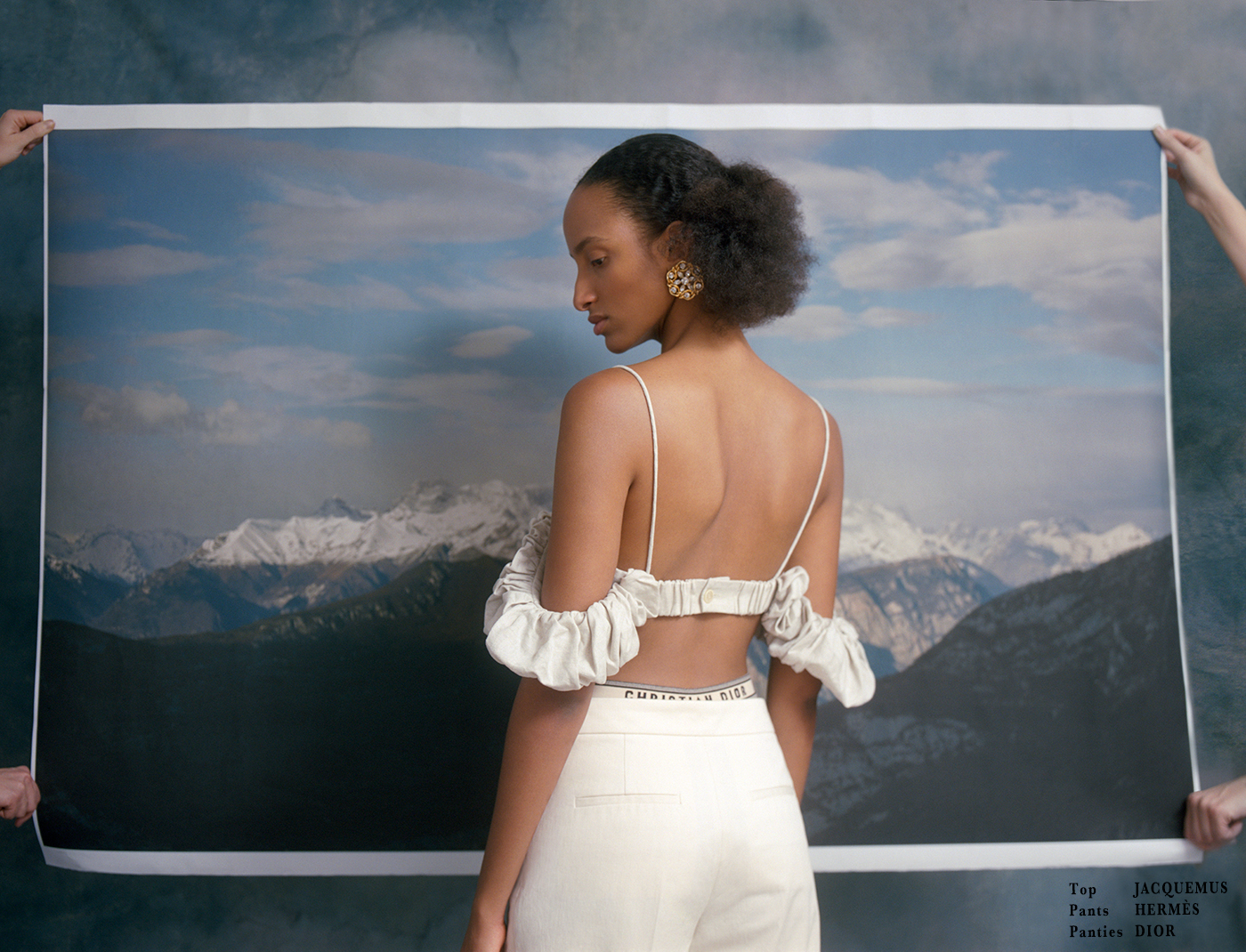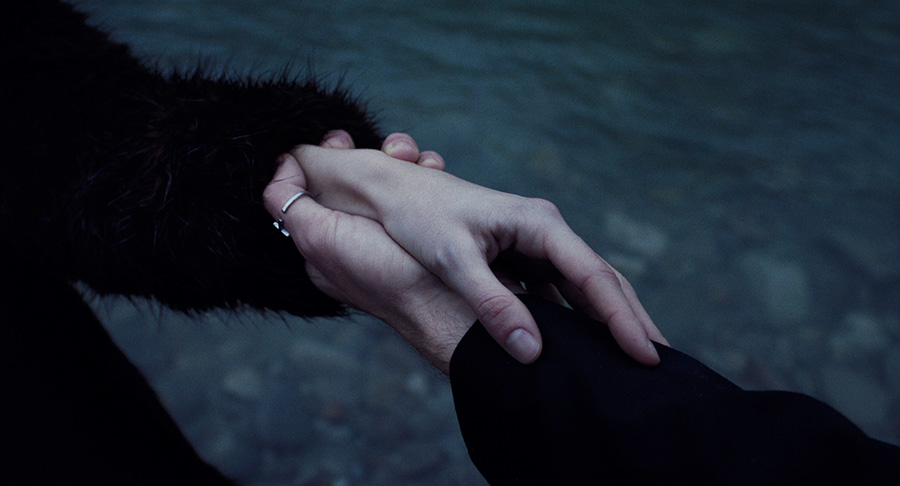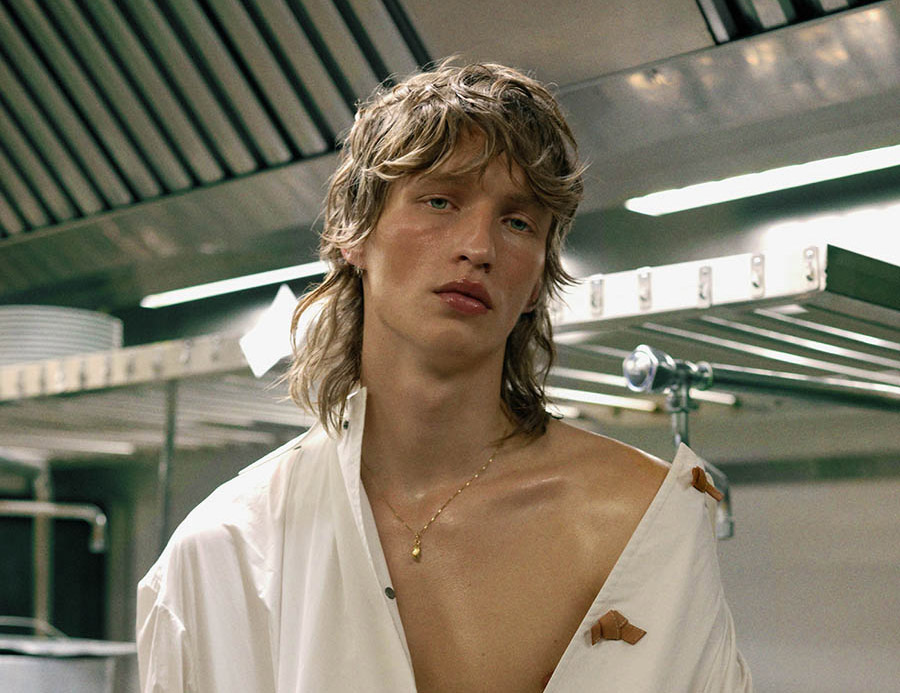Women in Abstraction
Luxury fashion online retailer Mytheresa is honoured to be a sponsor of the “Women in Abstraction” exhibition, to support and give recognition to female artists around the globe.
The “Women in Abstraction” exhibition, which should be presented at the Centre Pompidou from May 19th to August 23th 2021, offers a new take on the history of abstraction- from its origins to the 1980s- and brings together the specific contributions of around one hundred and ten “women artists”.
Luxury fashion online retailer Mytheresa is honoured to be a sponsor of the “Women in Abstraction” exhibition, to support and give recognition to female artists around the globe.
The “Women in Abstraction” exhibition, which will be presented at the Centre Pompidou from May 19th to August 23th 2021, offers a new take on the history of abstraction- from its origins to the 1980s- and brings together the specific contributions of around one hundred and ten “women artists”.
Christine Macel, Chief Curator, and Karolina Lewandowska, Curator for Photography, revisit this history, and highlight the processes that made these “women artists” invisible through a chronological survey combining fine arts, dance, photography, film and decorative arts. Echoing the French exhibition title (“Elles font l’abstraction”, i.e., “They/She make(s) abstraction”), the artists are presented as full-edged actors and co- reators of modernism and its a aftermath in their own right.
“Women in abstraction is an exhibition that aims to show how female artists have been major actors and co-creators of modernity and its a aftermath, how much they have contributed to the multidisciplinarity of abstraction and thus break the cloak of invisibility that still covers many of their key contributions ”, commented Christine Macel, Chief Curator.
The exhibition shows the decisive turning points that marked the history of Abstraction and questions its aesthetic canons without redefining a new one. It also goes beyond the idea of a history of art conceived as a succession of purely pioneering practices. By giving “women artists” a new place in this history, the exhibition demonstrates its complexity and diversity.
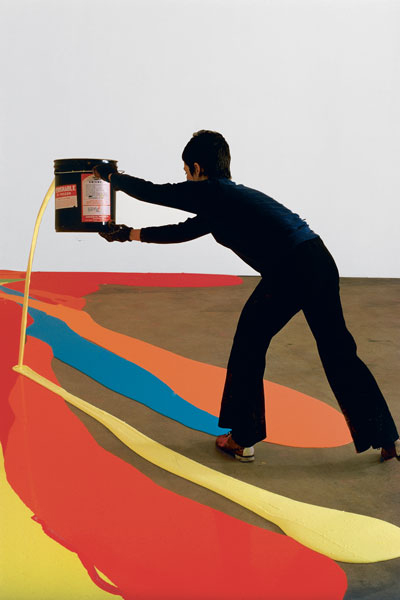
American Artist Lynda Benglis realizing a project commissioned by the University of Rhode Island, Kingston, Rhode Island 1969.
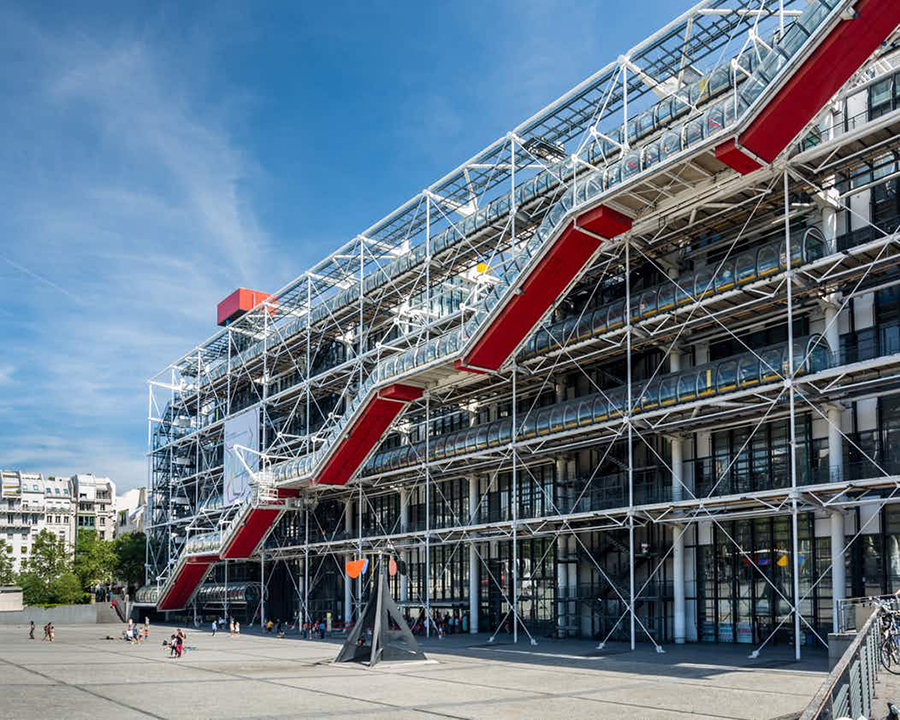
Centre Pompidou will host the exhibition “Women in Abstraction”, sponsored by luxury fashion retailer Mytheresa.
First of all, it makes an unprecedented foray into the 19th century with the rediscovery of Georgiana Hough- ton’s work from the 1860s, undermining the chronological origins of abstraction by tracing it back to its spiritualist roots. It then shines a spotlight on key figures through mini monographs highlighting artists who have been little shown in Europe or unfairly eclipsed. It focuses particularly on the specific educational, social and institutional contexts that surrounded and encouraged or, conversely, hindered the recognition of “women artists”. The exhibition reveals why many “women artists” did not necessarily seek recognition. It considers the positions of the artists themselves, with all their complexities and paradoxes. Some, like Sonia Delaunay-Terk, adopted a non-gendered position while others, like Judy Chicago, laid claim to a feminine art.
This female version of history challenges the limitation of the study of abstraction to painting alone, which is one of the reasons why many women have been excluded, as the specific modernist approach rejected the spiritualist, ornamental and performative dimensions of abstraction. The perspective is also a global one that includes the modernities of Latin America, the Middle East and Asia, not to men on the African-American artists whose multiple voices only benefited from certain visibility from the early 1970s onwards to tell their story with sever-al voices and reach beyond the Western canon. The scenography includes documentary spaces devoted to founding exhibitions, key women actors of abstraction and celebrated critics, particularly within the feminist struggles of the 1970s and their postmodern interpretation.
The “Women in Abstraction” exhibition also raises several questions. The first concerns the very term of the subject: what exactly is abstraction? Another deals with the causes of the specific processes that made women invisible in the history of abstraction that still prevails today. Can we continue to isolate “women artists” in a separate history when we would like this history to be polyvocal and non-gendered? Lastly, the exhibition establishes the artists’ specific contributions, whether pioneers or not, but in all cases stakeholders in this particular, original and unique history.
The “Women in Abstraction” exhibition will be presented at the Guggenheim Museum Bilbao, Spain, from October 22nd 2021 to February 27th 2022 with the collaboration of Curator Lekha Hileman Waitoller. Based on the collections of the Musée National d’Art Moderne, another version will open in April 2022 at the Centre Pompidou x West Bund Museum in Shanghai, China.
Le Grand Bleu






Le Grand Bleu
Hilde van Mas and FJBAUR transform WURST into a living sculpture at the interface of art and fashion in a photographic-sculptural-textile way. The body is set in a deep blue, watery and heavenly at the same time: LE GRAND BLEU as a calm, level-headed person who advocates acceptance, openness and freedom and lives it. WURST is the neoneo-humanistic figure, climbs the sculpture podium and enters into dialogue with Michelangelo’s David, as a marble icon of humanism and human freedom. The blue skin and the textile applications as an abstract, painterly pole cover the living body; an oscillation between art and life, material and transcendent comes into effect. WURST is the soaring blue being draped by flowing threads of color, and also the mask-like hybrid creature between the worlds. No polarizing black and white, but open, free, large blue








Artist: Conchita / TOM / WURST (@conchitawurst)
//
Photography: Hilde van Mas (@hildevanmas)
Art Pieces & Outfit: FJ Baur (@fjbaur)
Styling: Julia Philippitsch (@jpheg)
HMUA: Sarah Bzoch (@sarah.bzoch)
Art Text: Barbara Steininger (@barbara.steininger)
Photography Assistant: Bogdan Zhvalevskiy (@addi_tph)
Location: F6 Studio (@f6theopenfactory)
Videography: Emil Scheichenbauer (@zehnzwanzig)
About Winds and Waves
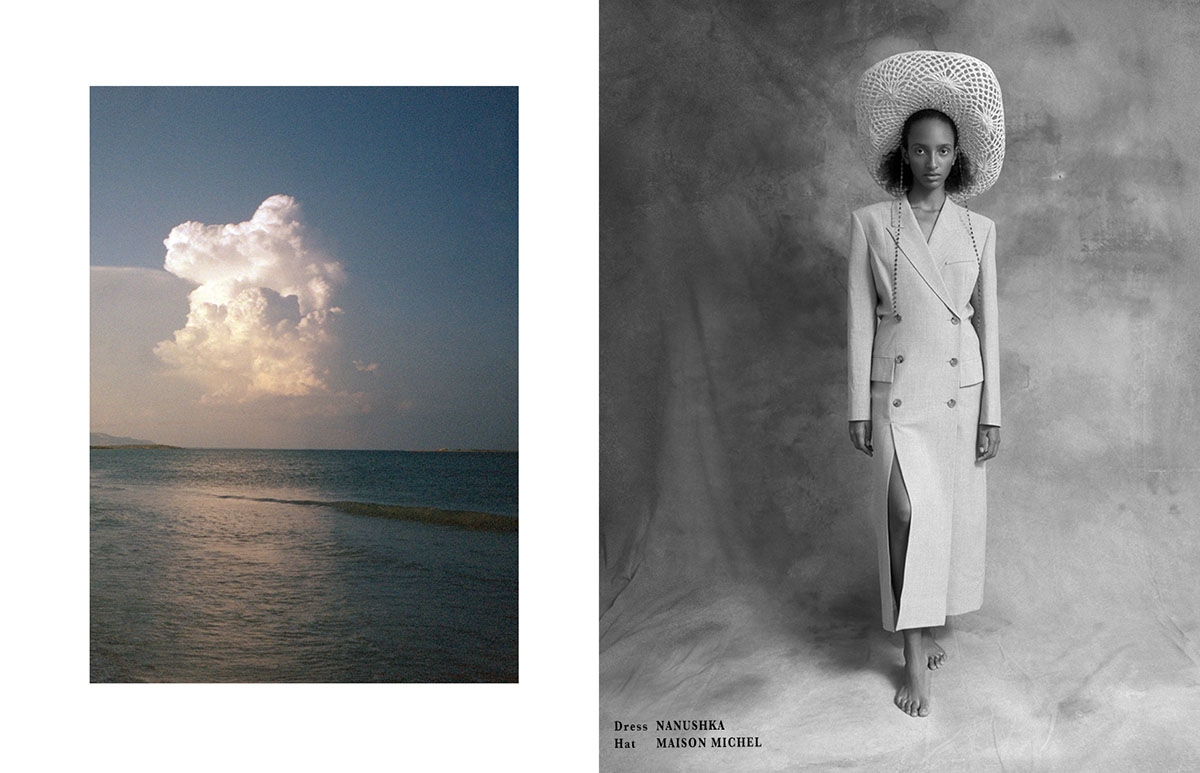
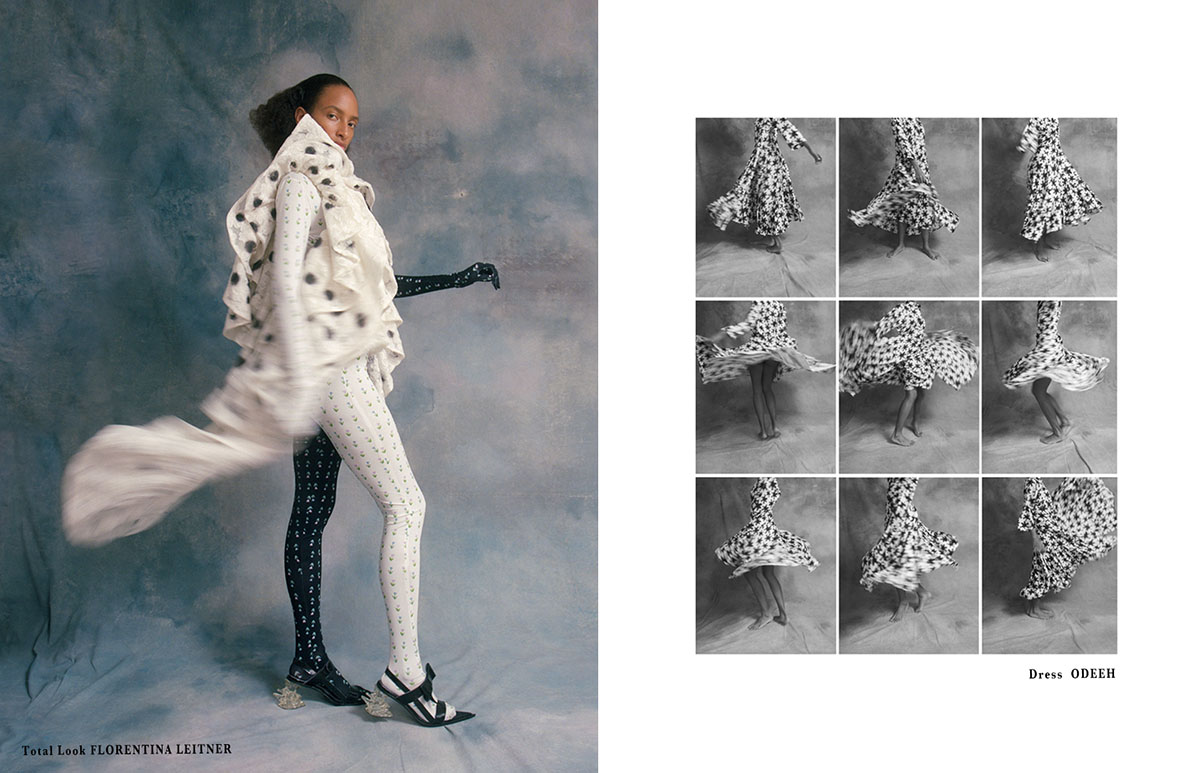
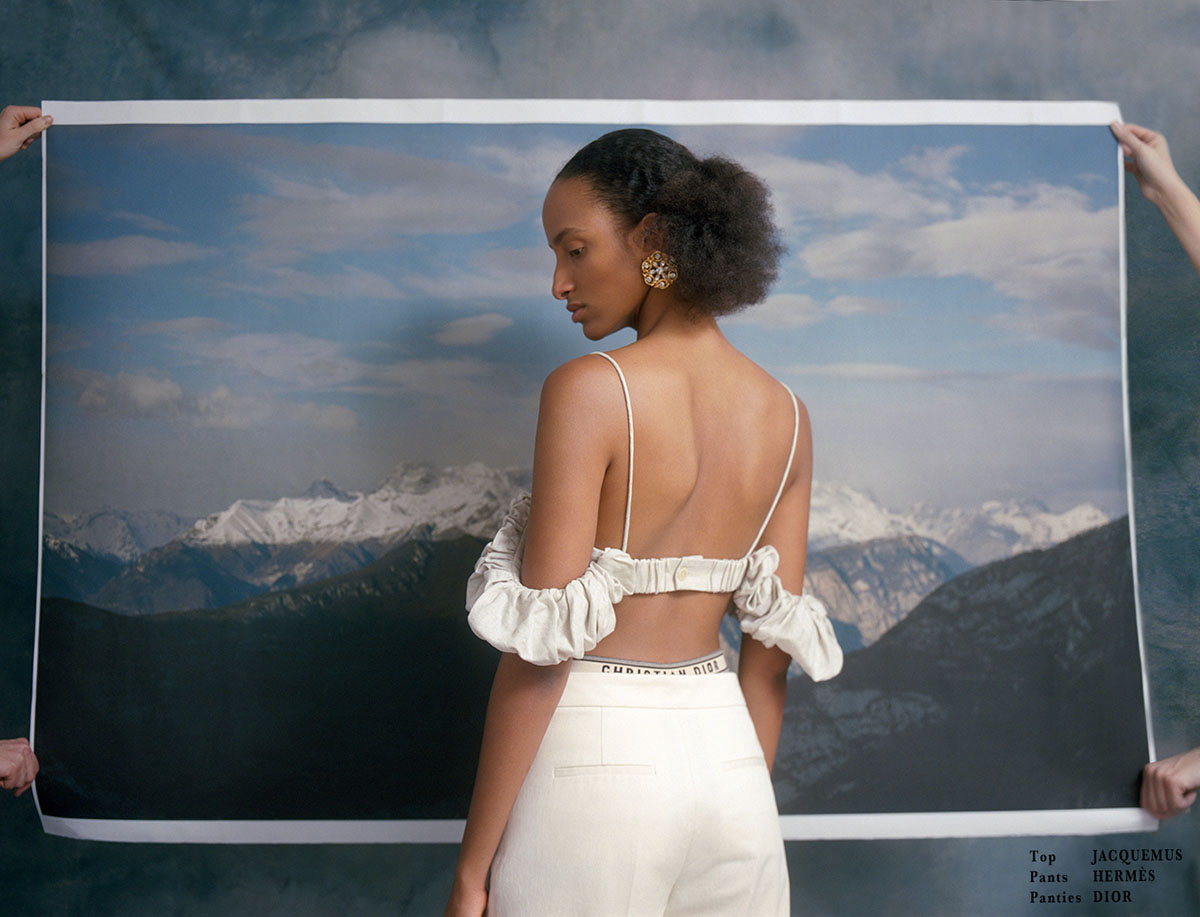
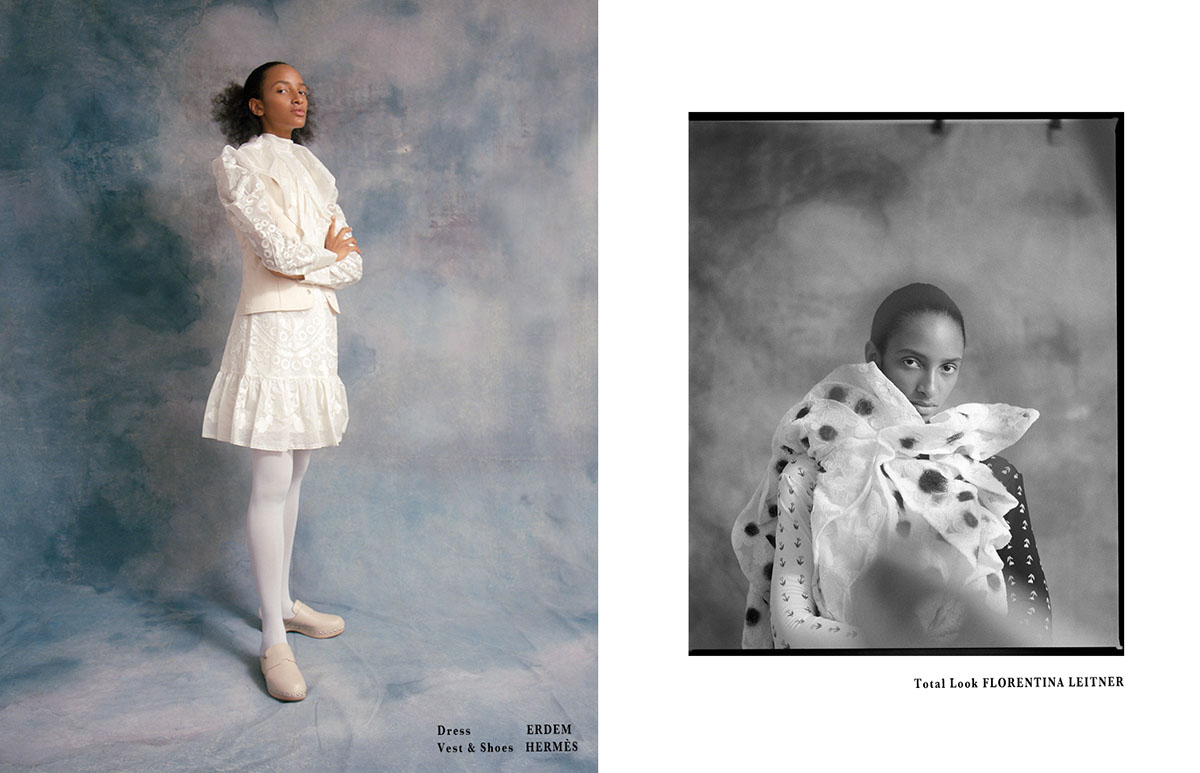
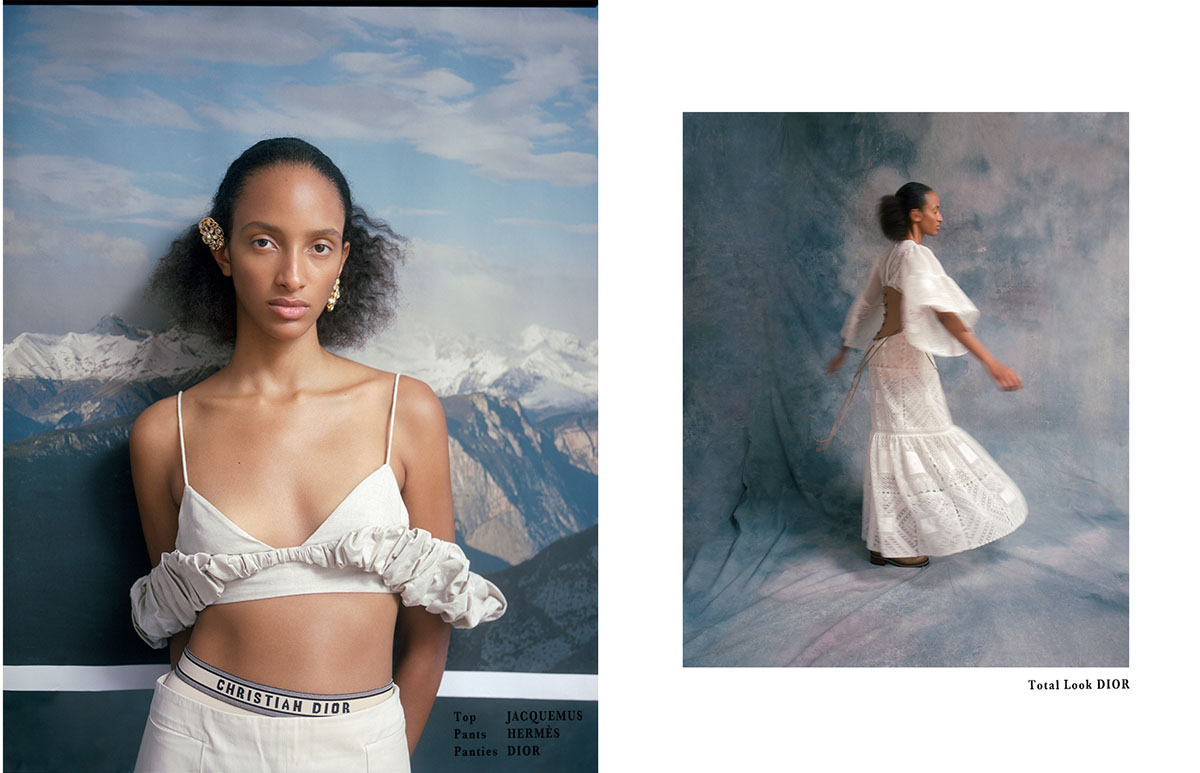
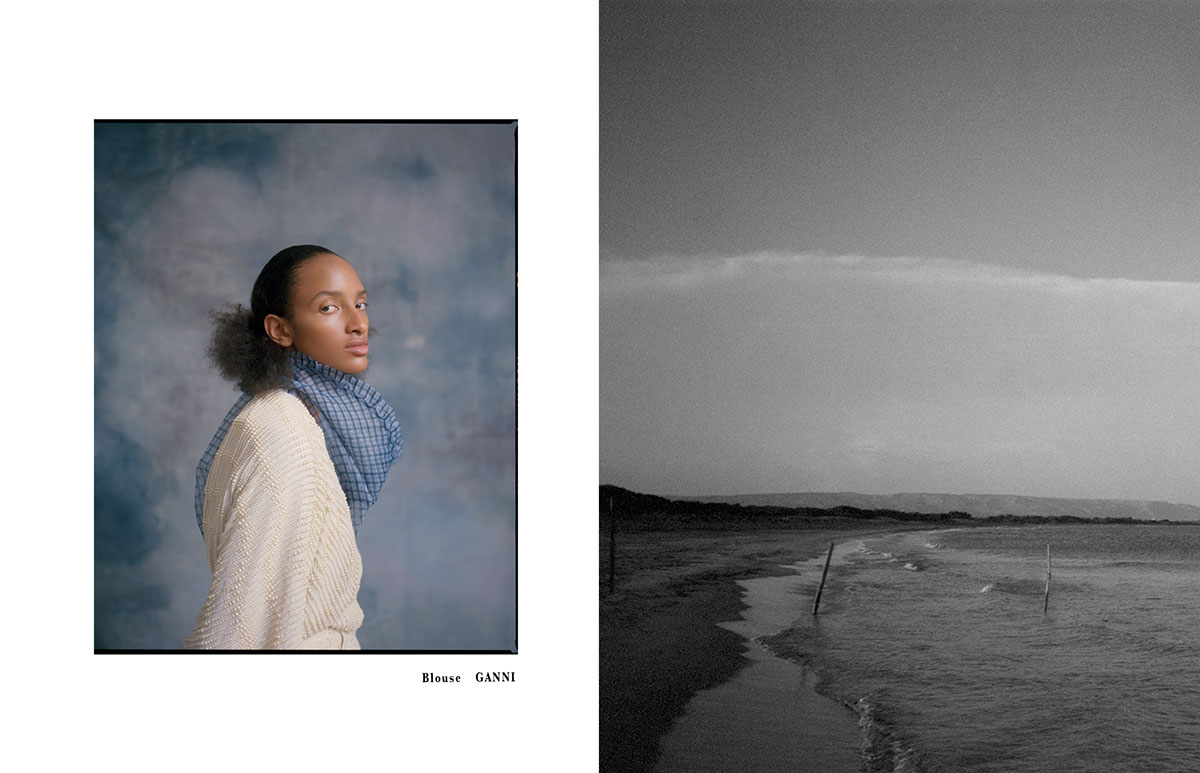
Photographer: Léa Wormsbach (@leawormsbachphotography)
Stylist: Julia Quante (@juliaquante)
HMUA: Eva Dieckhoff (@evadieckhoff)
Model: Emmanuelle (@emmanuellelacou)
Habibitch
Habibitch
Photography | Pauline Scotto di Cesare Styling | Clotilde Franceschi
A French Algerian dancer and choreograph, a Queer feminist and activist. Habibitch uses dance, and her body as a medium. She always denounces through her practice of waacking, voguing and debates – A creative with one aim/goal: « to decolonise the dance floor. »


jumpsuits LEILA NOUR JOHNSON, shoes AMINA MUDDI, earrings AIR OUANE
Hello, Habibitch! How are you?
I am great, thank you. I just came back from work and now I am here, ready to be interviewed. 😀
Thank you for the kind words, could you introduce yourself a bit to us?
Hi, I am Habibitch. I am French, and also Algerian. I am an immigrant, a queer, a feminist and a body-positive and LGBTQ+ activist. I am a dancer, a performer, a choreographer, the Godmother of House of Gorgeous Gucci in Paris, a Sociology teacher in Science Po Paris, and an author-to-be.
You have indeed an interesting name! How did you come up with the name “Habibitch”? Wouldn’t you worry about offending a certain group of people?
I know you like that name! Don’t you? Actually it was my friend who inspired me to name myself “Habibitch”. It perfectly links my heritage with my identity. Habibi is a common word in Arabic, meaning “my love”, “darling” or simply a greeting. We Arabic speakers use it in our everyday life. Combining Habibi with “bitch”, the stigmatizing slur that people normally use to verbally abuse women (or people with feminine characteristic) is definitely controversial and offensive to some people, especially to those conservative ones in the Arabic Community. However, I don’t care what they think, what matters is how those people who I care and love think. “Habibitch” is a combination of my origin, my career, my passion and my identity. It’s the perfect encapsulation of who I am.
When did you realize that it was the art form that best represents you?
Dance is definitely the art form that best represents me. I realized it when I started to perform waacking and vouging in ballroom. I feel completely liberated and emancipated while dancing, and I can fully express myself through the dance moves. Even though debate and verbal communication are a common way for me to battle against the “heteronormative and racist culture” that is rooted in the contemporary French society; dance is the artistic, non-verbal action that I adopt to “decolonize the dance floor”.
Aside from dancing, do you also practice other art form to voice your debate and spread your view?
Yes sure. As I mentioned before, I am also an activist and a Sociology teacher. I incorporate my dance background to my professional life. I teach my students in the Sociology class to express their point of view, their observation and their philosophy through their dance flow and body movements.
Body is the medium of your dance performance, what is the relationship between your body, your perception and the messages you wish to convey?
My relationship with my body is very close, and I love to use it as a medium to express my thoughts and moods. I love the feeling when my mind is connected with my body.
As an activist, body positivity is one of the messages that I wish to convey through my body. As you may see, I don’t have a body shape that fits to the concept of “perfect body” that the general publics conceived. It is even worse when fashion brands and media perpetuate this “beauty standard” through campaign, advertisement, print issue and social media. That’s why I barely work with fashion. But I am happy about my body, and I would love to challenge the idea of “traditional beauty standard”, to change people’s perspective of how a “perfect body” supposed to be, and to inspire those people who doesn’t have the “perfect body” that media and brands promoted.


total look vintage
Immigration, modernization and globalization have for sure galvanized the restructure of the contemporary Parisian vibe, which is different to the stereotypical Parisian that the world has perceived. For you, what is the new “Parisian Style” or the “Parisian Style in the making”?
France has a very heteronormative and racist culture due to its colonial and religious background. The contemporary “Parisian style”, a more multicultural, multiracial and diversified modern Parisian imagery has already existed, but it was often disregarded and left unnoticed by the society – a very white, catholic, upper-class heteronormative mindset propagated by the government and the mainstream media.
However, I’ve noticed that the gaze from the public is gradually changing. There are more and more people of color, religion, sexual minorities and unconventional icons who come into the limelight, gradually changing the “Parisian” stereotype. But we still have a long way to go before finally changing the whole colonial, patriarchal and xenophobic social climate. And that’s part of the leitmotif of my motto “decolonize the dance floor”.
As a central member of the Paris ballroom scene (which most people around the world might not be familiar with), what is your observation to the Parisian ballroom culture?
Actually, Paris has a very rich ballroom culture. It is one of the most colorful and vivacious ballroom scenes in the world, second to those in the United States. The success of “RuPaul’s Drag Race” introduces this African and Latin-American LGBTQ+ underground subculture to the public, but in fact, there is much profound cultural context behind it. Many people conflate the idea of ballroom culture and drag ball culture, but they are actually two different scenes. In the Parisian ballroom scene, drag or cross-dressing performance is not necessary; competition for the trophy is not a must; and the members are not solely from the LGBTQ+ community. Ballroom welcomes everyone, and I am a proud member of the community, the godmother of House of Gorgeous Gucci. I used to go to balls to meet my friend, to enjoy my night with music and dance, and to leave alone in the early morning without saying goodbye to them. I really like this kind of feeling, because we will for sure meet again in the next ball. And I am happy that Paris is the city that embraces it.
So In a way, Paris is literally burning! As an LGBTQ + and body activist, you fight for the rights of the minority communities against all kind of discrimination. What are the difficulties you’ve encountered while voicing for them?
Of course there are. Even though we are in 2021, there are still a lot homophobic, misogynist, racist remarks and hate crimes happening everyday. Colonial and patriarchal white hegemony is still quite influential in France’s culture. I’ve encountered people who dislike my name, my appearance, my debate or the ideology that I represent. However, I don’t care about what they think. I am professional, so when I am working on something, I can dedicate myself fully into it without being effected by the slanders and slurs. I am also a caring person. I care about my friends, my community and my ballroom family; they are the person who I love. And for those haters, I really have no time for them.
Thank you for the brilliant elaboration, we really enjoy our talk with you. Before saying goodbye, we would love to know what are your plans in the upcoming future, and your own artistic career?
I have many projects going on right now, and some of them are still confidential. But I will for sure continue to dance, to attend ballroom (of course during the lockdown it is impossible), to teach and to advocate. One thing I can tell you is that, I will soon have a new identity – an author. I am going to publish my first book in the upcoming future, I cannot disclose too much to you right now, but I am very excited about it.
What an exciting news! Congratulations Habibitch. We are looking for your new book and we cannot wait to hear more from you in the near future. Thank you so much for the interview today. Have a lovely evening!

underwear ERES, necklace AIR OUANE
Talent: Habibitch (@_habibitch_)
//
Photographer: Pauline Scotto di Cesare (@paulinescottodicesare)
Stylist: Clotilde Franceschi (@clotildefranceschi)
MUA: Thierry Do Nascimento (@thierry.do.nascimento)
Hair: Andrea Idini (@andrea_i_hair)
Nail Artist: Pablo Esconails (@pabloesconails)
Producer: Miriam Haddad (@saint_lucyfer)
Assistant Producer: Camelia
Interview by Yves Tsou
Hendrik, and Him Being His True Self









Photography: Joel De Veyra (@merryquant)
Casting: Merryquant Agency
Model: Hendrik (@hendrikvonehrenstein)
Lucente

“When we look at the world, we do it with the awareness of carrying out an action towards what’s in front of us. For this reason we travel, visit museums and even return to the same places sometime after.
What we are looking at stops before us with a call, asking for an undetermined waiting time that comes with a simple assumption: we can’t have enough of it.
Being in that room, on that beach or sitting on that bench right at that moment is both the result of a decision that led to a circumstance but also to a circumstance that flowed into an action. For some reason, obvious or not, we are there, listening. The way in which this happens is dictated by personal variables that push us to take a stand and to play a role, for which we have a conscious view of what is happening before us, trivially the flow of things, while forgetting everything that’s behind us. It may happen for a very long time or just for a second, but it happens all the time.
But how’s the world behind us? Who is watching us while we are living that moment? How does the visual field appear with us in the middle? These are the thoughts that come to mind while I’m shooting, portraying someone who is aware of what is in front of him but has no consciousness of what he’s producing by being there, in that exact moment. It is as if, in his distraction, he’s unconsciously posing, waiting to create radiant scenes with the surrounding environment of life that soon then runs away, with its own thoughts in motion.
Then the landscape transforms itself and takes away the presence of my model, as if it had no more memory. Maybe it will wait for others, ready to adopt a new and unique role that I won’t be able to shoot.”












Photography: Giulia De Marchi (@giulia.demarchi) giuliademarchi.com
The Beach


(left) brief GAP

(right) brief ALEXANDER MCQUEEN

brief ALEXANDER MCQUEEN

(left) t-shirt OSKLEN


(left) t-shirt OSKLEN


Photography: Max Jorquera (@maxjorquera)
Styling: Mauricio Fredes (@mauricio_fredes)
Grooming: Bernardita Silva (@ber_maria)
Casting: Sosemann (@sosemann)
Model: Enzo (@enzovillalon_)
Je Suis Responsable
“I forget that I’m responsible. But I am.”
Je Suis Responsable offers to the viewer a poetic, poignant experience while posing questions over humanity and existence. It’s the latest fashion film by award winning director Enrico Poli for the emerging brand, À forma. It was produced by Manufactory Productions and shot in several locations around Bologna, a town in northern Italy.
Je Suis Responsable (French for “I am responsible”) stands first and foremost for the designers’ statement to produce responsibly. However, the film takes its title from a monologue it quotes and homages. In Godard’s Vivre sa Vie, Anna Karina’s character tells a friend how she feels that “we are responsible for everything we do”. What does it actually mean to say that we are responsible?
The locations where the film is set constantly remind us of the power of nature; that given enough time, nature finds its way through what humans have neglected. It’s key to the central message of the film: artifice is immaterial, things fade, they lose their form and function. Humans are impermanent, only nature continues. It’s the biggest strength we know. Nature is time’s most wonderful and consistent expression.
“What moved us into action was the urgency to translate the global derealisation brought about by the pandemic into a form of art. Coronavirus has shown us how fragile we are and how easily things can fall apart: I can’t help but feel this is a wake up call. As we continue to live through this crisis with an awareness of our own fragility and as scientists warn us of the irrevocable damage Global Warming will have on society, preserving life on this planet has become the defining challenge of our time. It may already be too late to reverse this course, but I firmly believe the least we can do is try.”
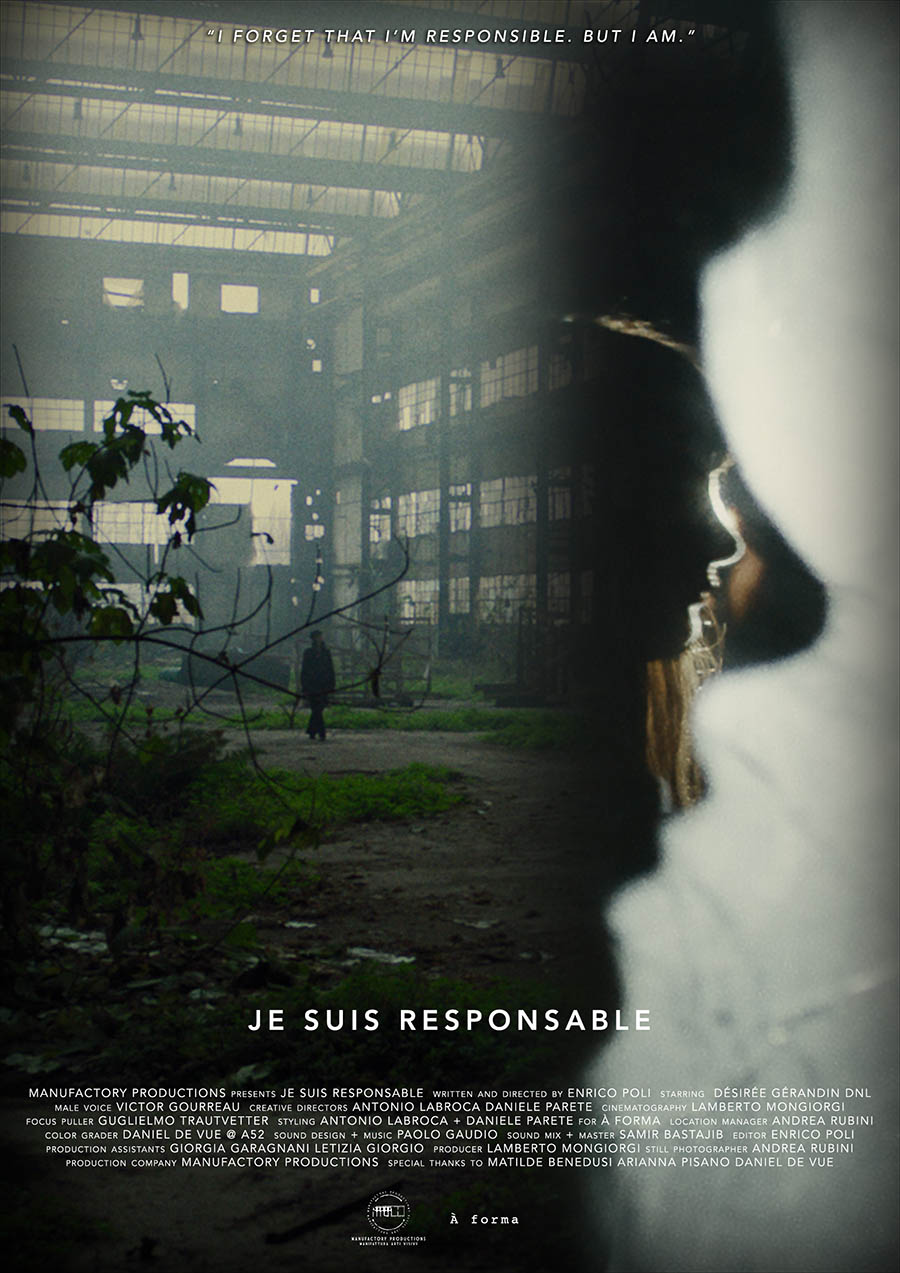
Cinematography: Lamberto Mongiorgi (@lamberto_mongiorgi)
Creative Directors & Styling: Antonio Labroca (@antoniolabroca) & Daniele Parete (@diennelle)
Writer & Director: Enrico Poli (@_enricopoli_)
Sound Design & Music: Paolo Gaudio (@pablitogaudio)
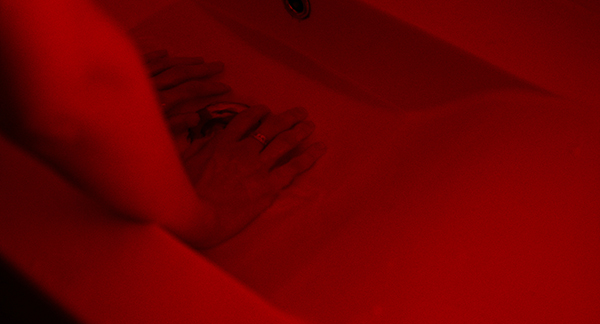
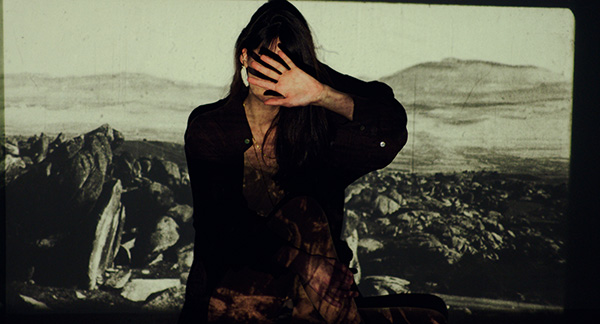
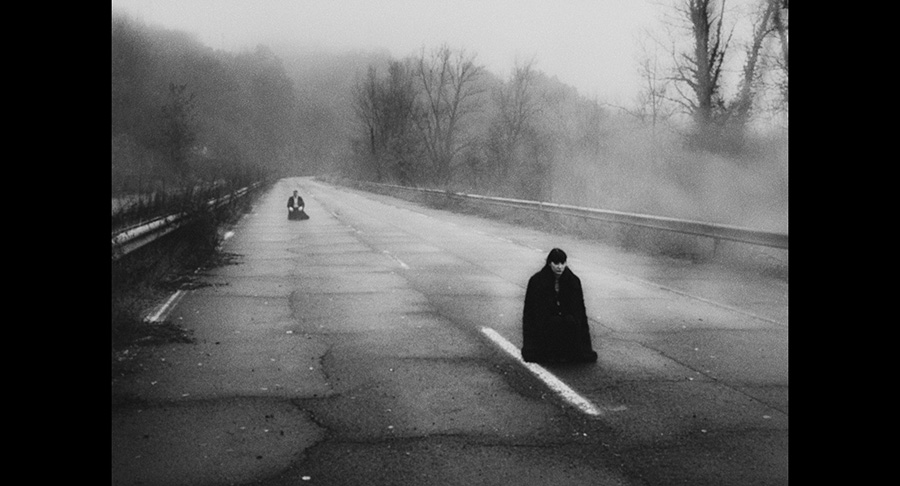
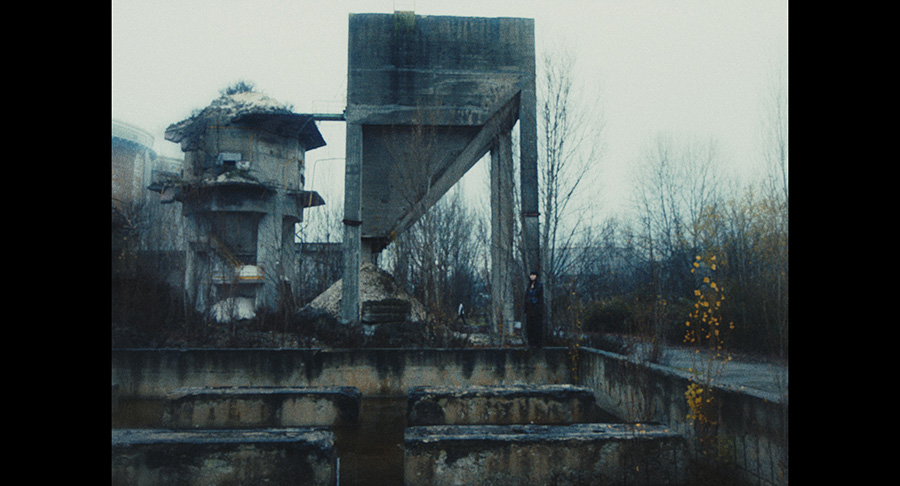
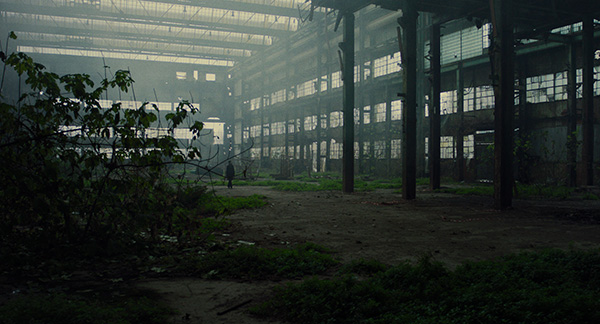
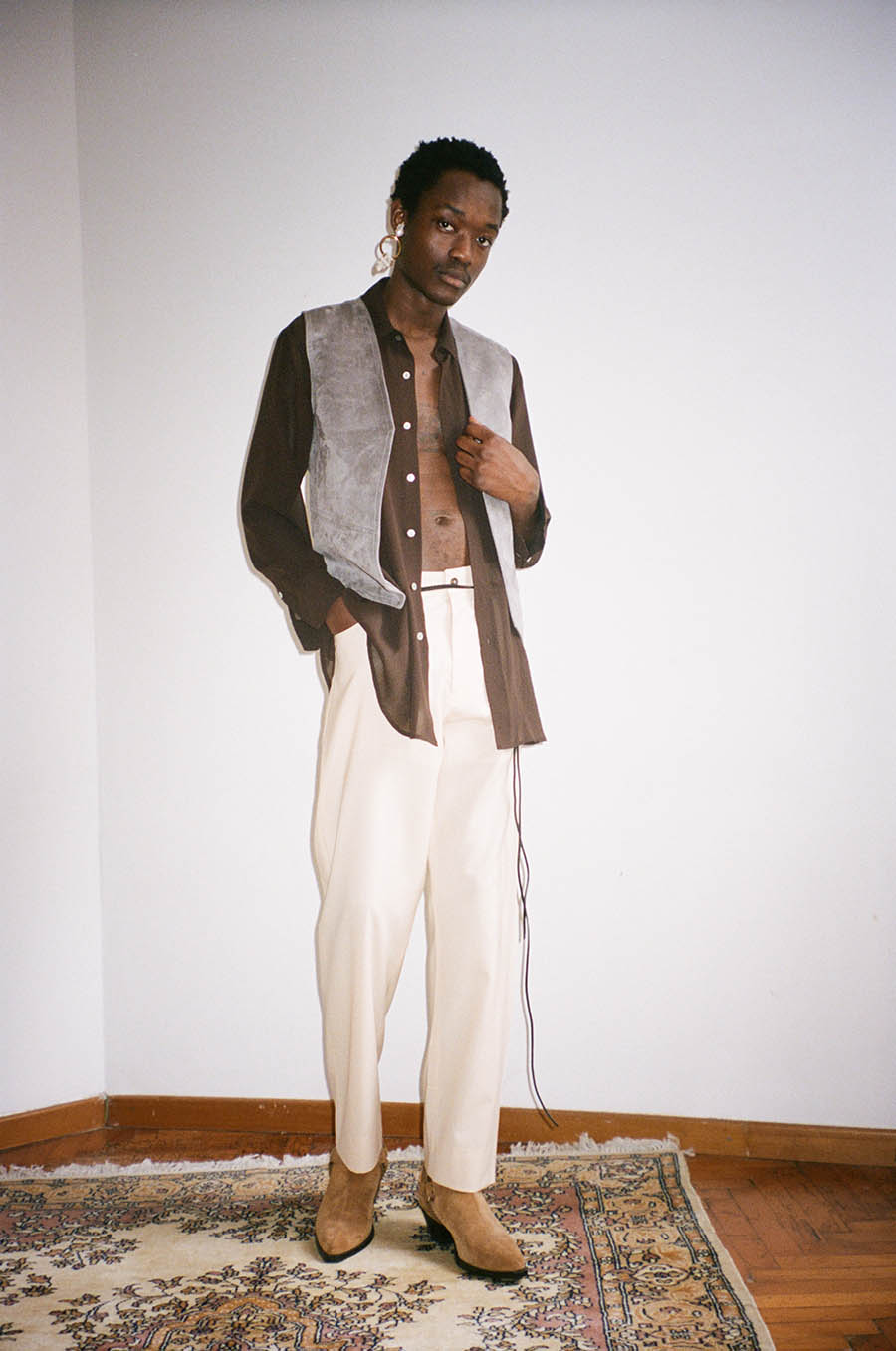
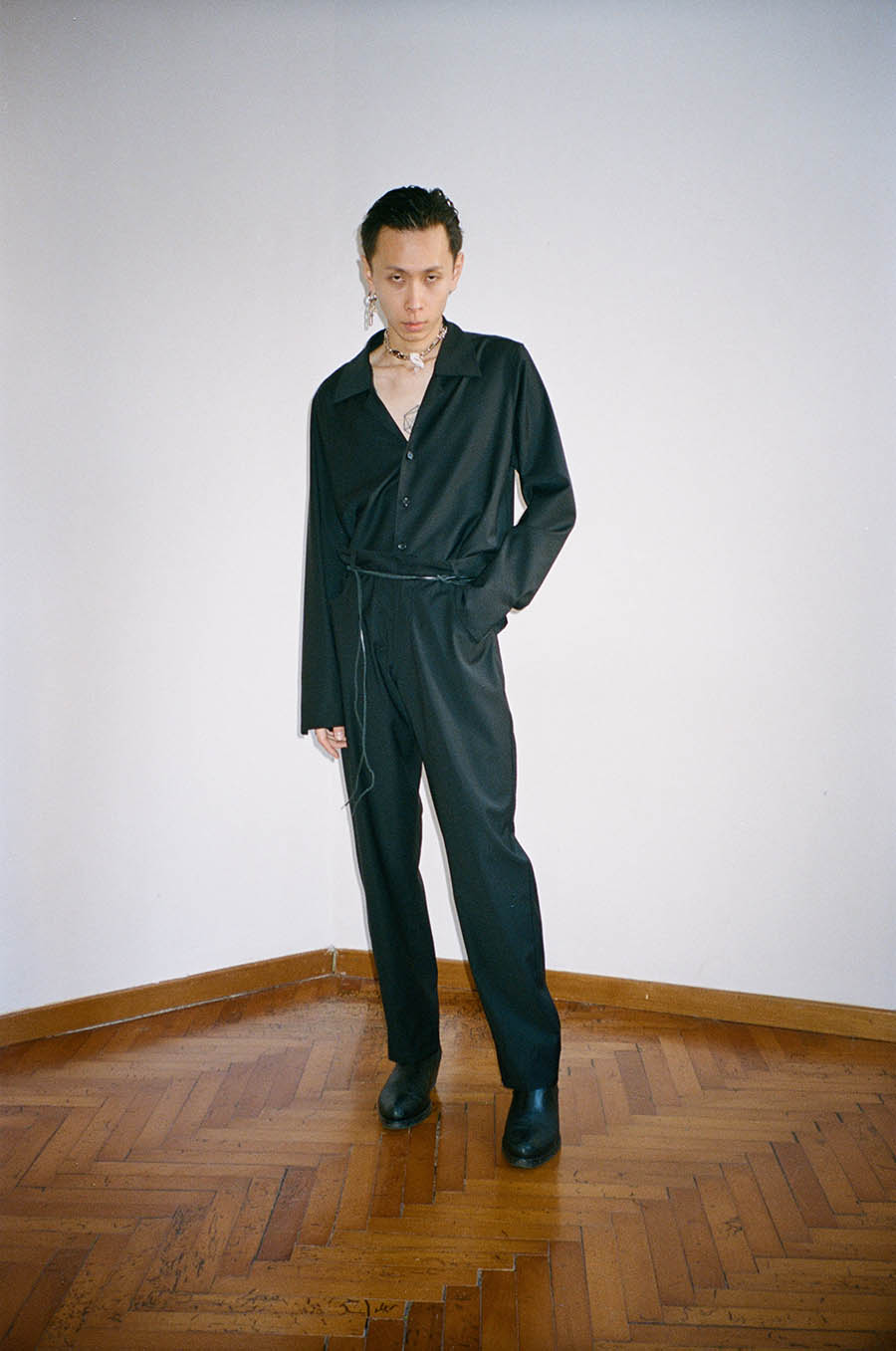
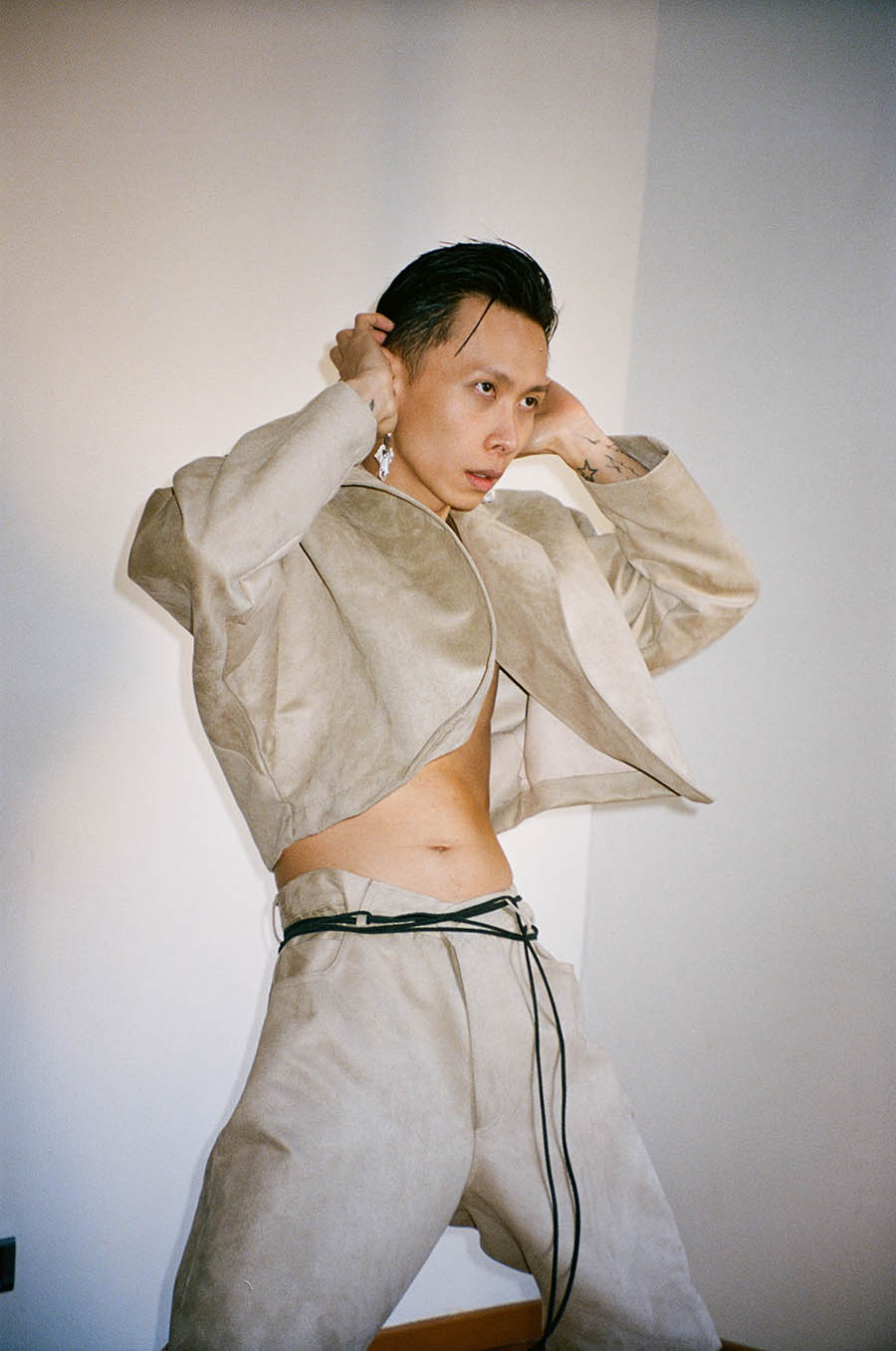
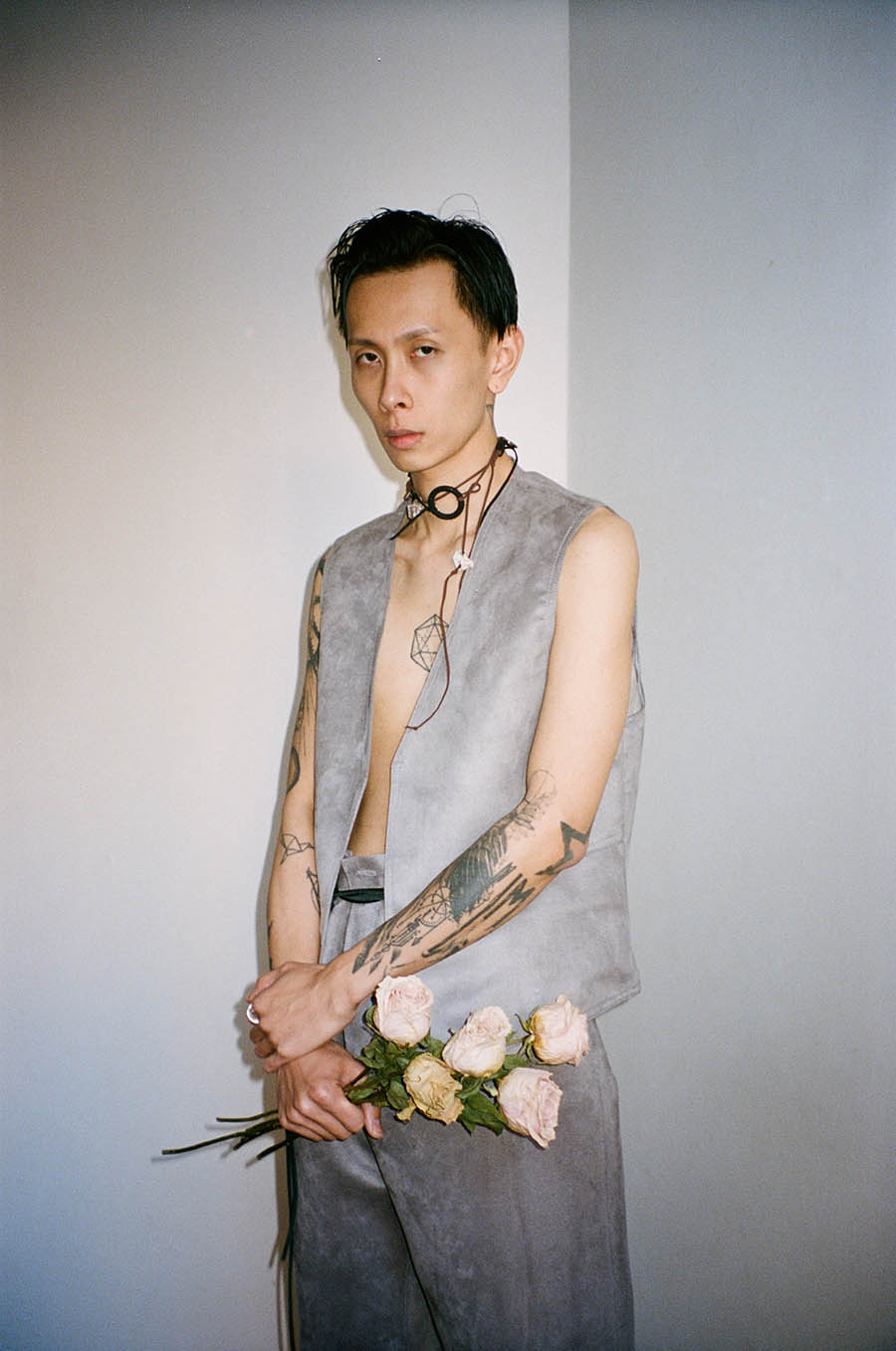
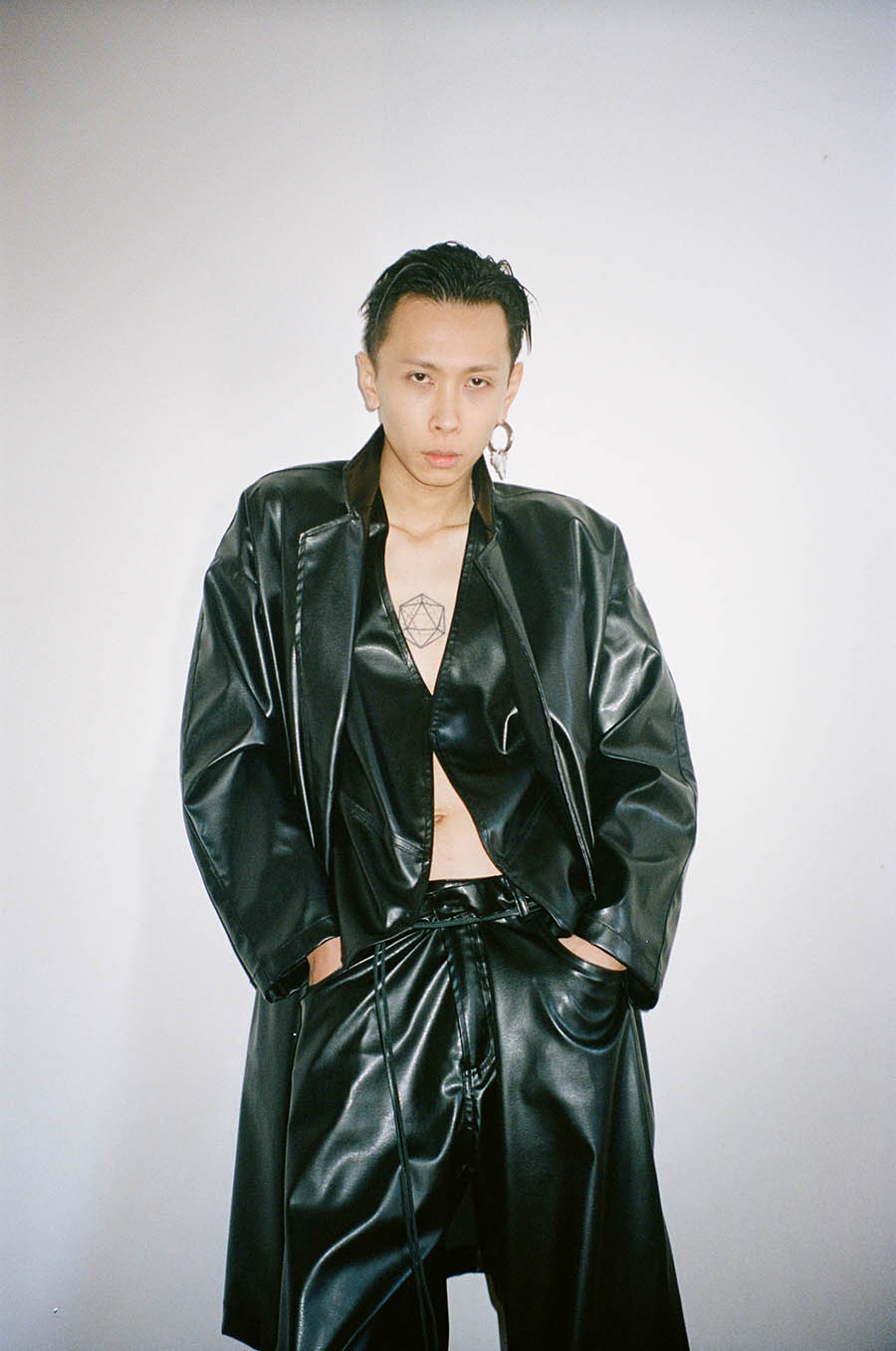
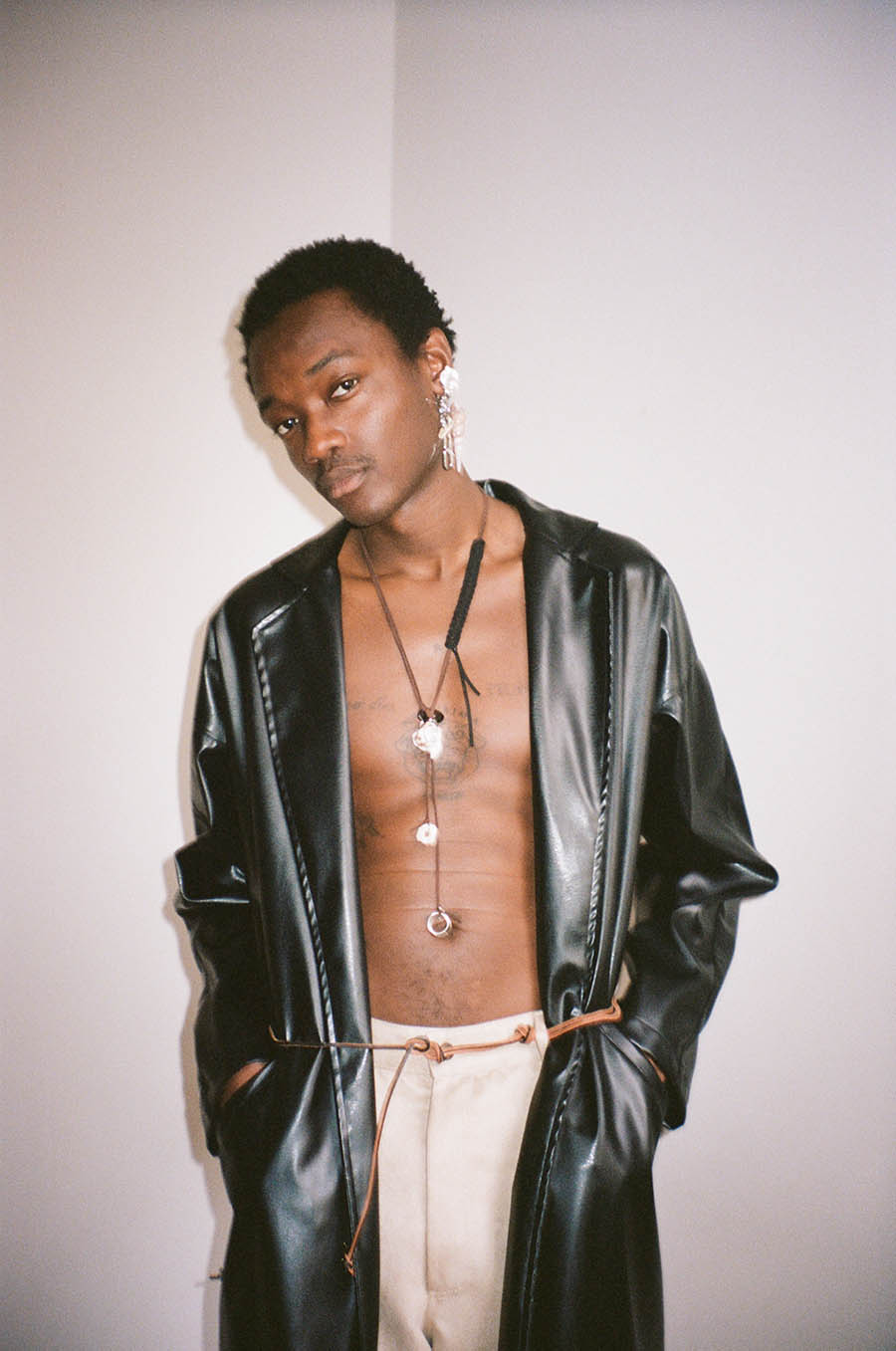
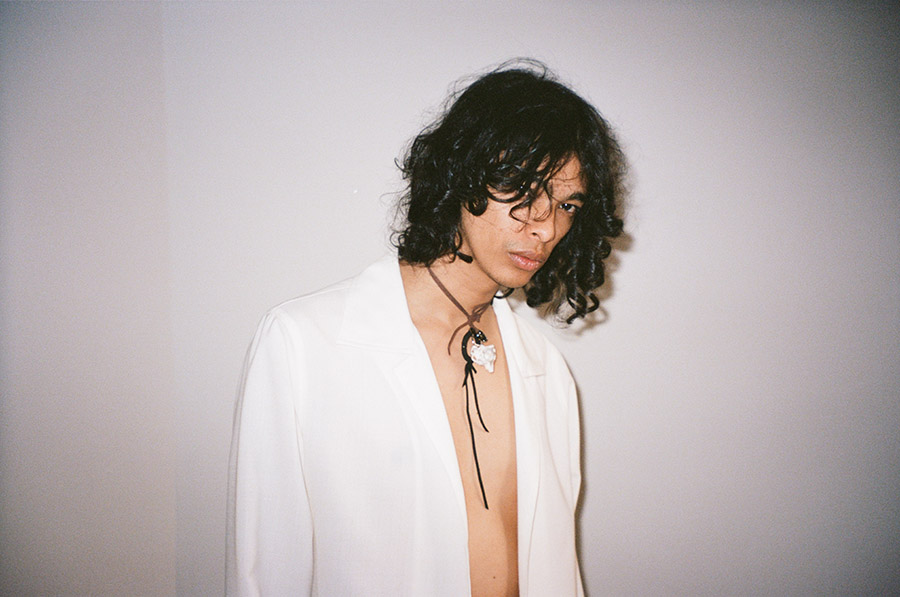
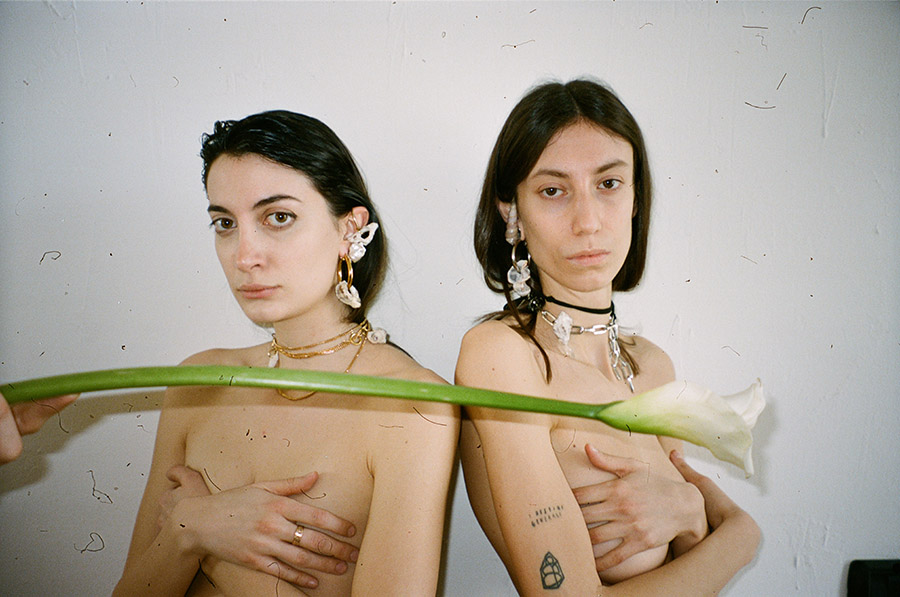
Photography & Art Direction: Antonio Labroca
Styling and Creative Direction: Daniele Parete
Models: Désirée (@desireegerandin), Irene (@irenegorla), Jon (@jonbroxl) Omar (@omarjaimes), William
Jewelry Designed by Alter Alter for À forma | instagram: the_alteralter
Brand & Design: À forma | instagram: aformastudio
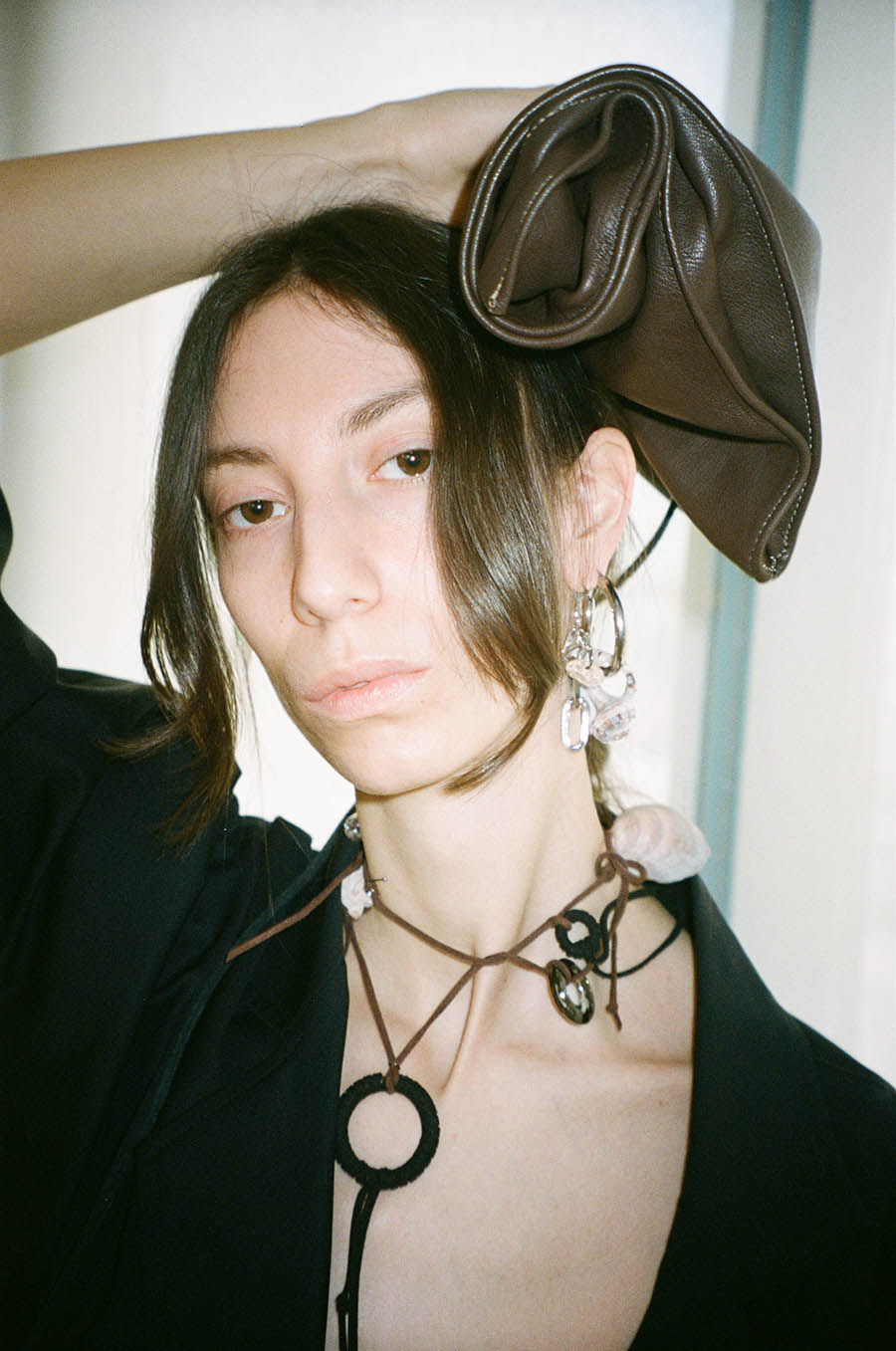
Met Her at the Garderobe
Met Her at the Garderobe
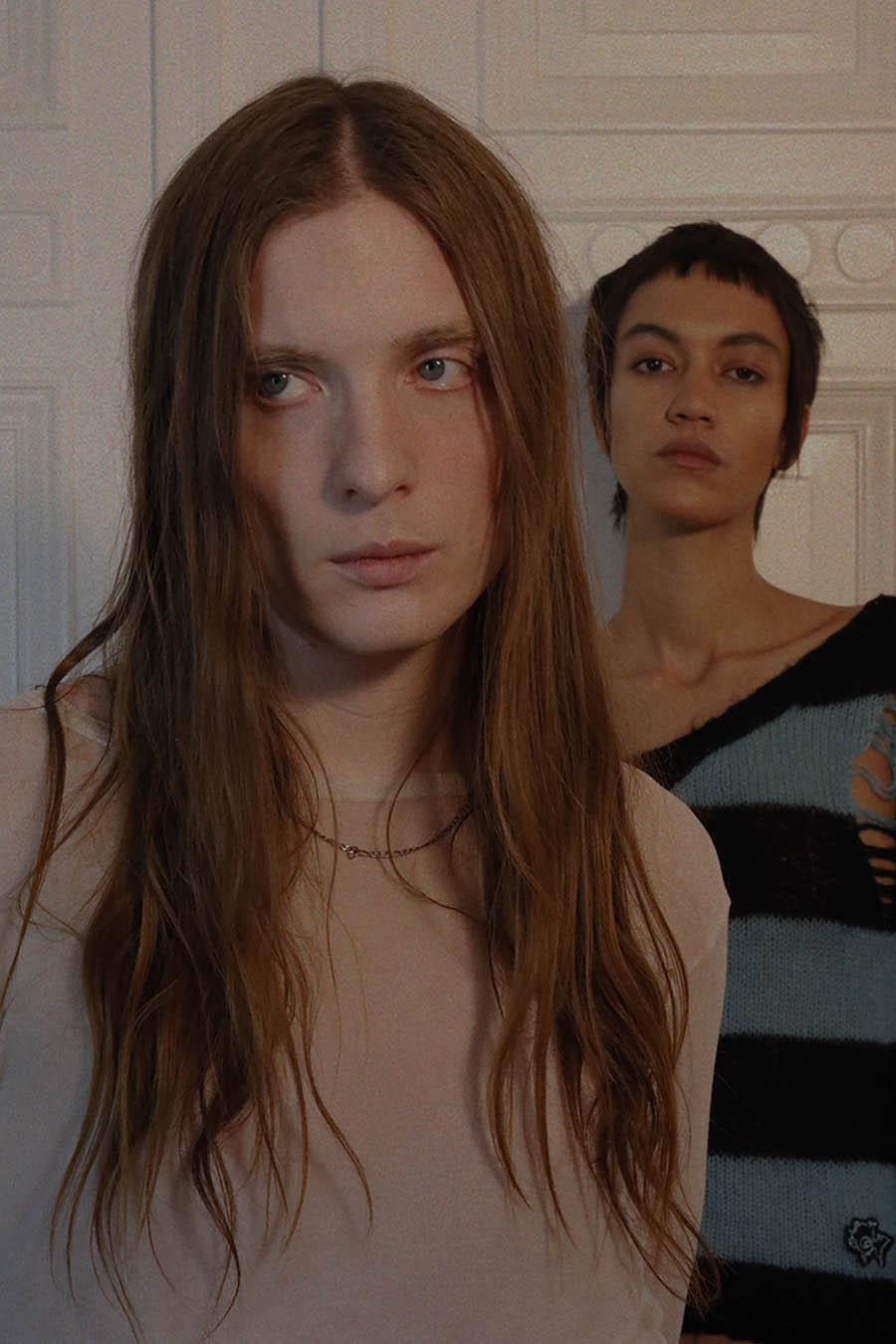
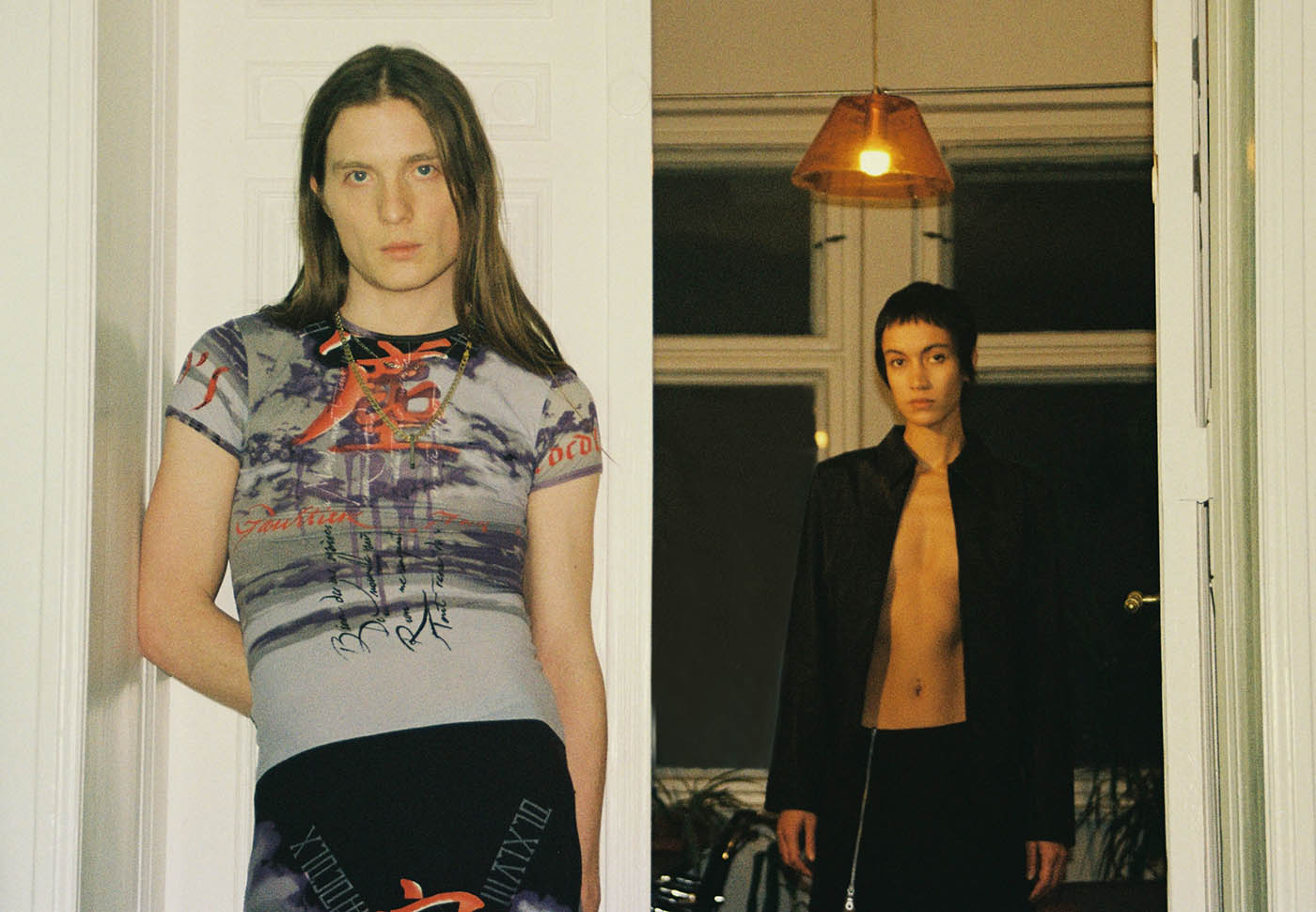
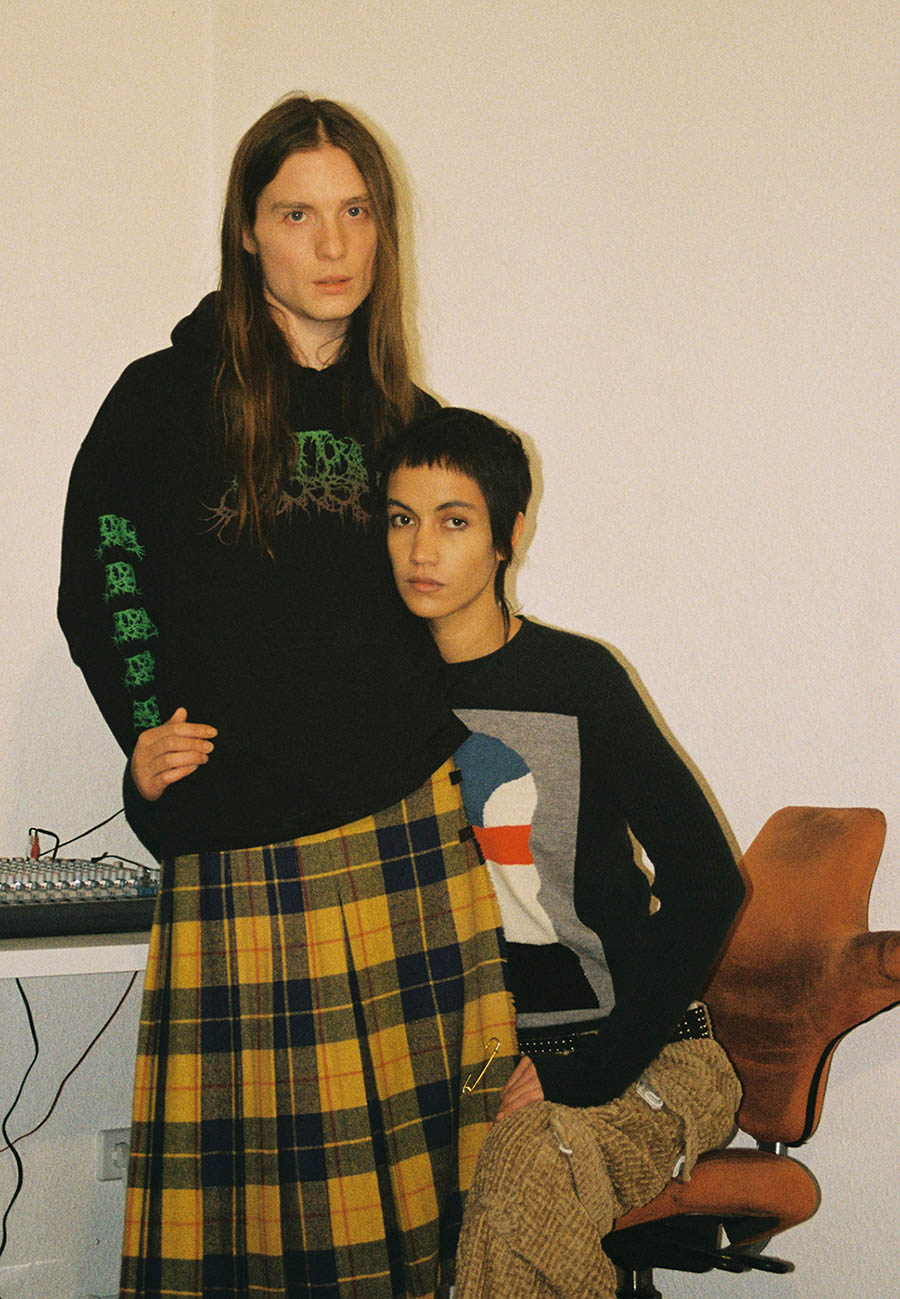
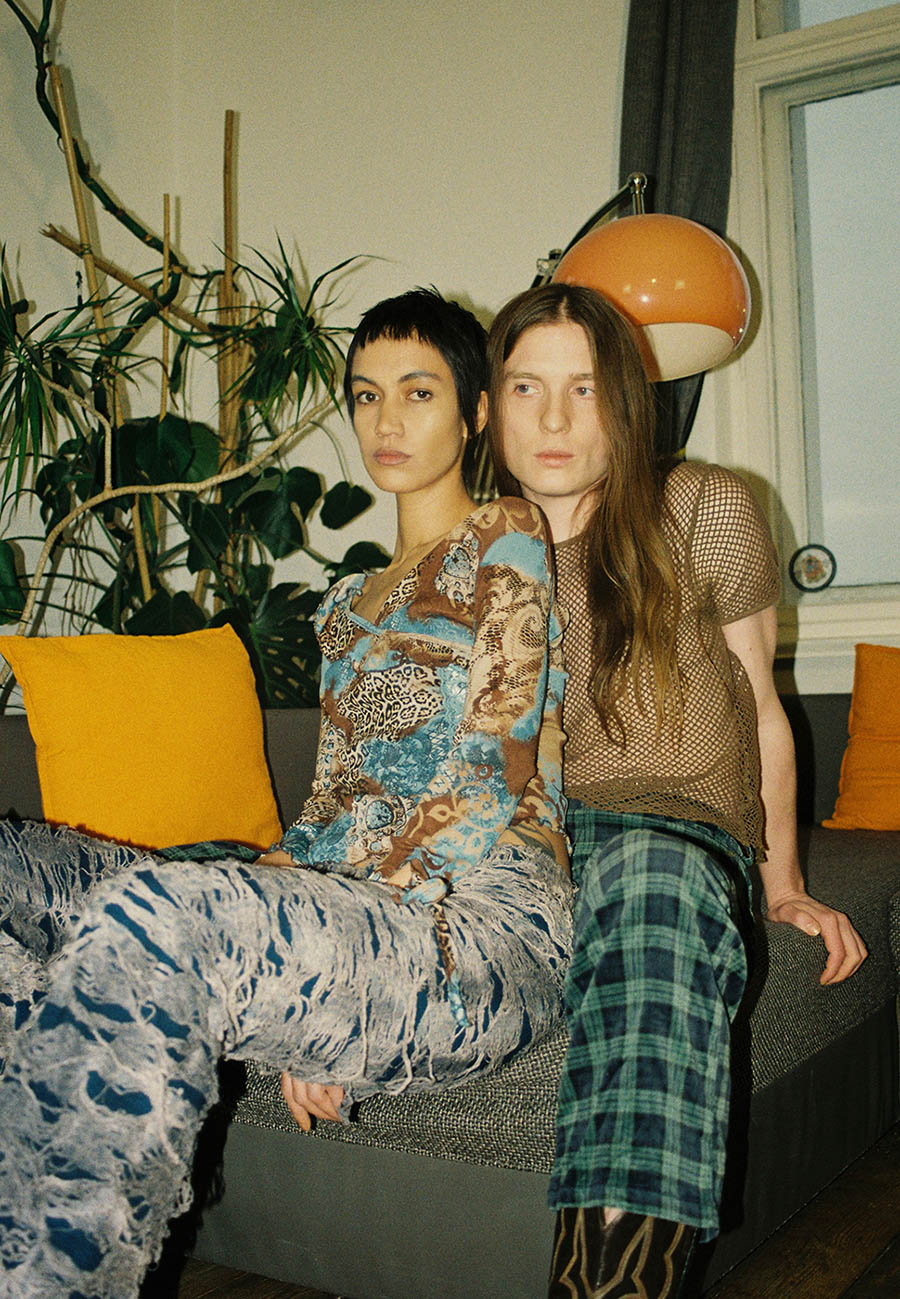
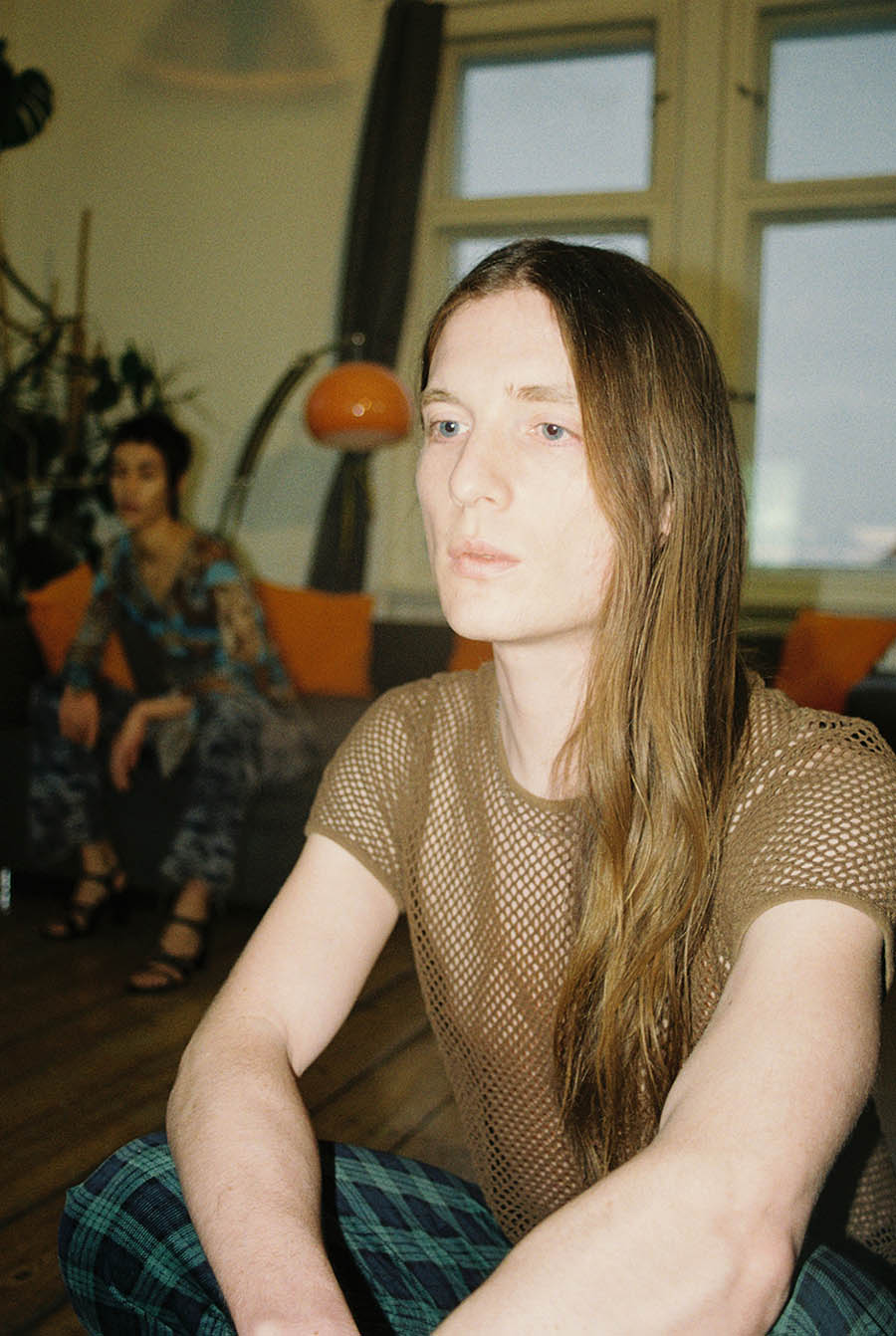
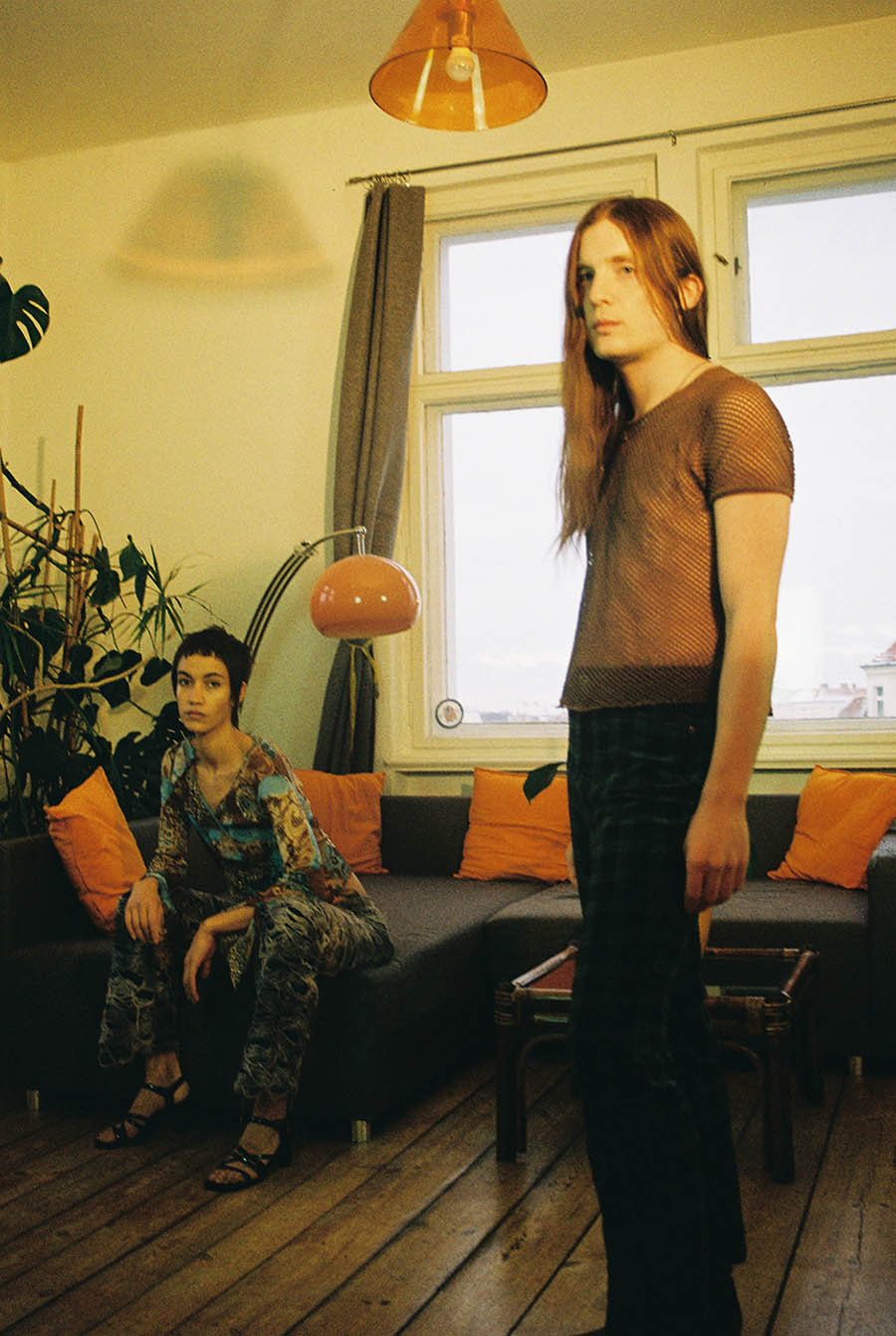
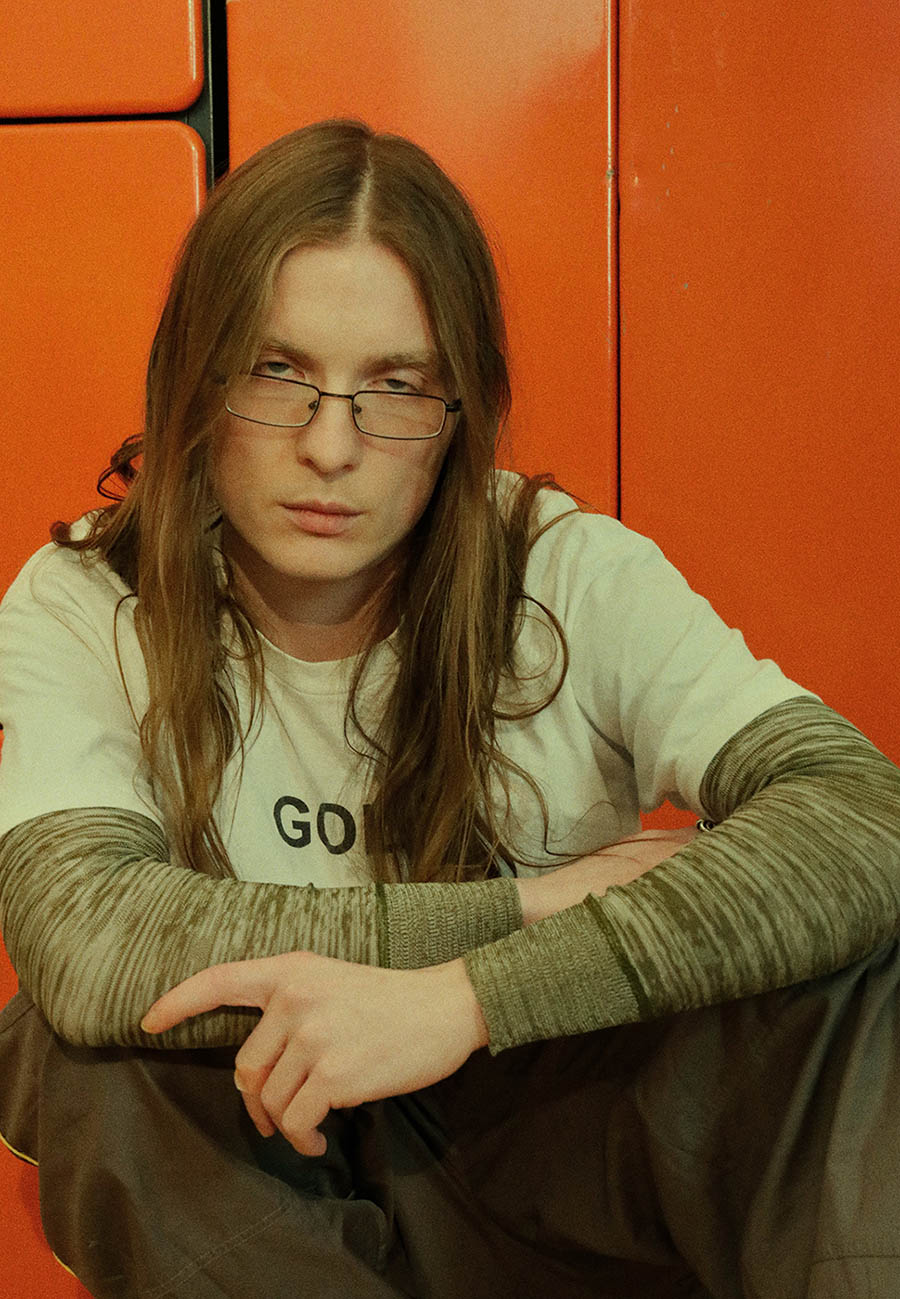
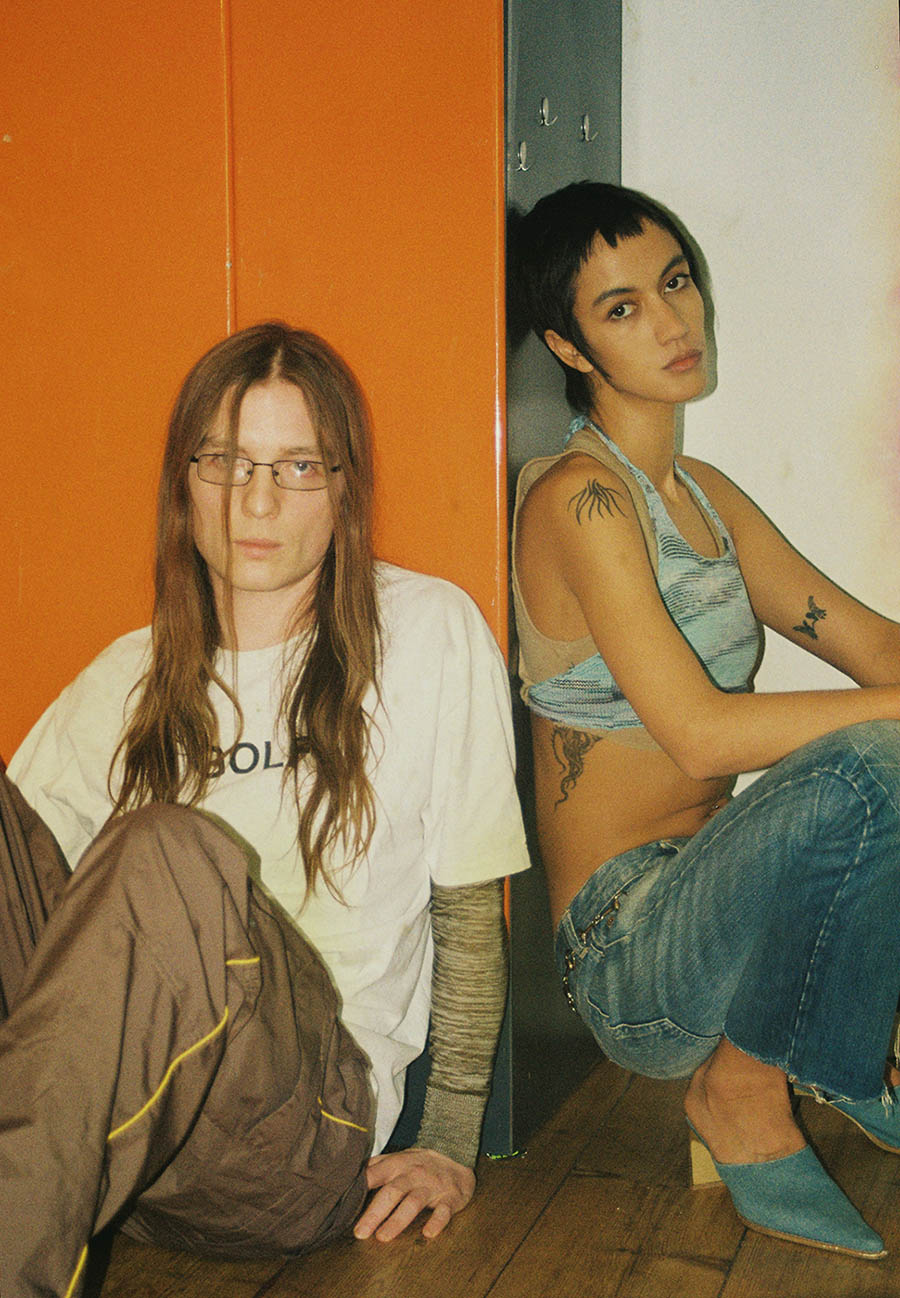
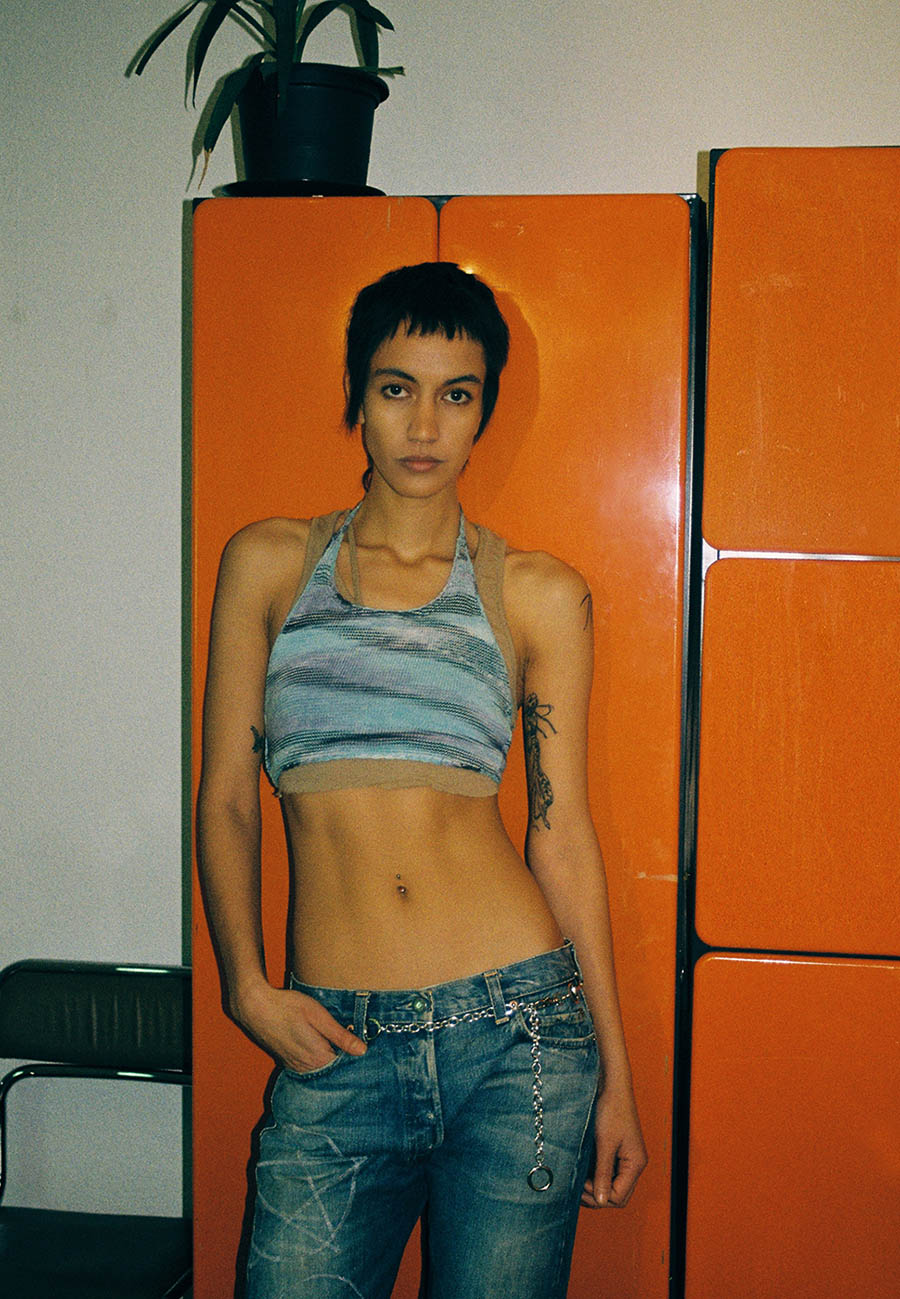
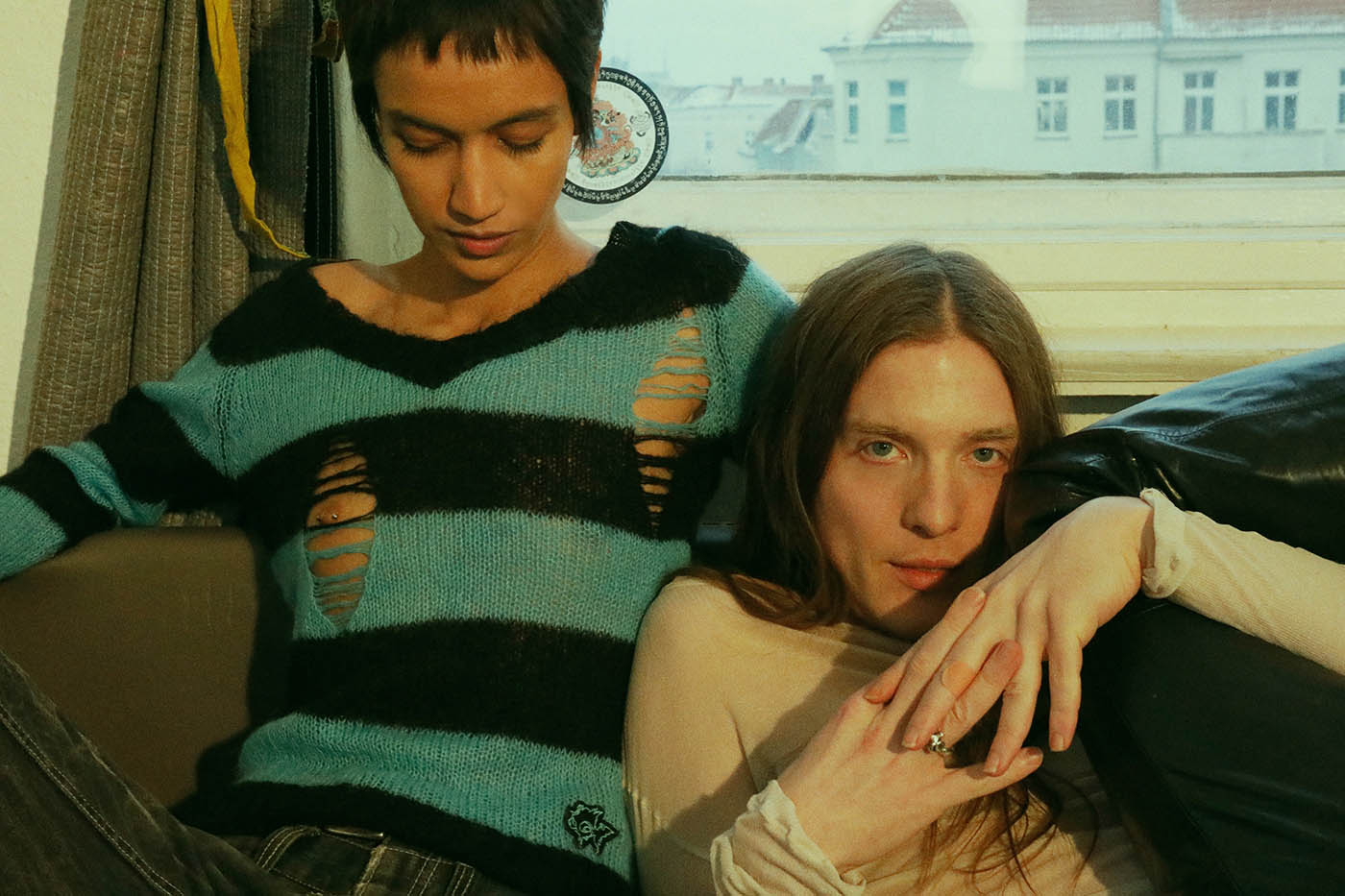
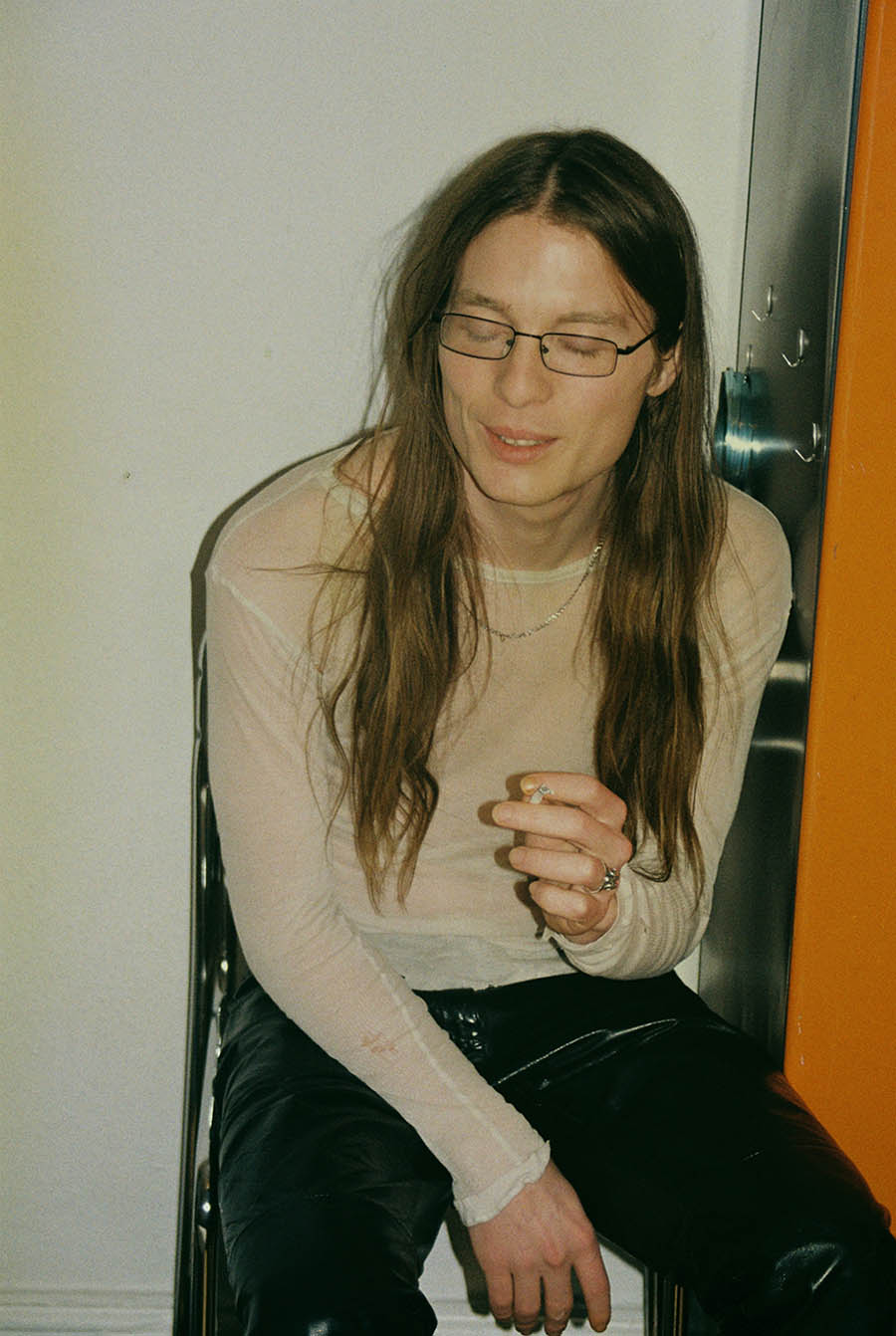
Photographer: Pia Opp (@pia_opp)
Stylist: Jimmi Kriste (@lurid.sensation)
Model: Soraya (@sorayaoffline), Dmitra (@ozmadmitra)
Bitter Sweet
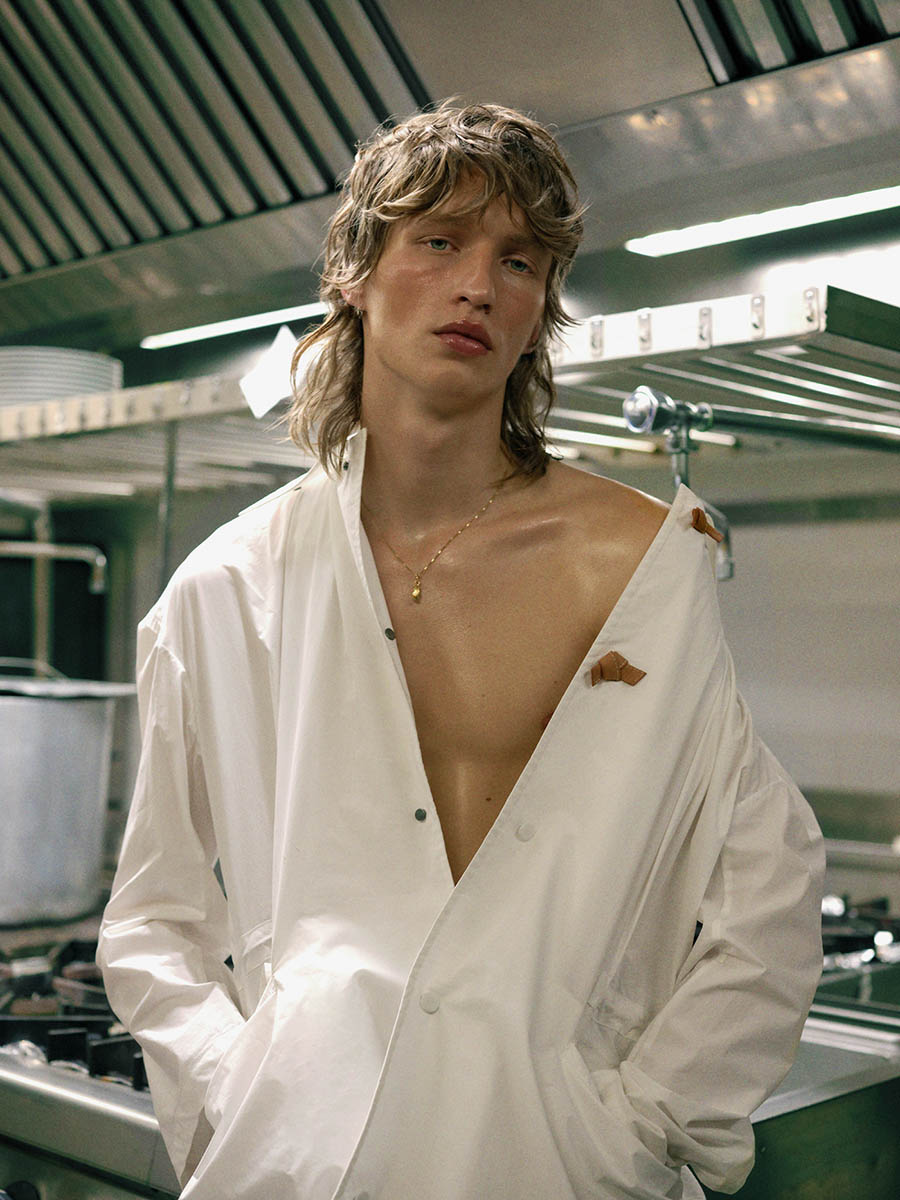
coat SALVATORE FERRAGAMO
BITTER SWEET
Photography | Gioconda & August Fashion | Andrea Colace
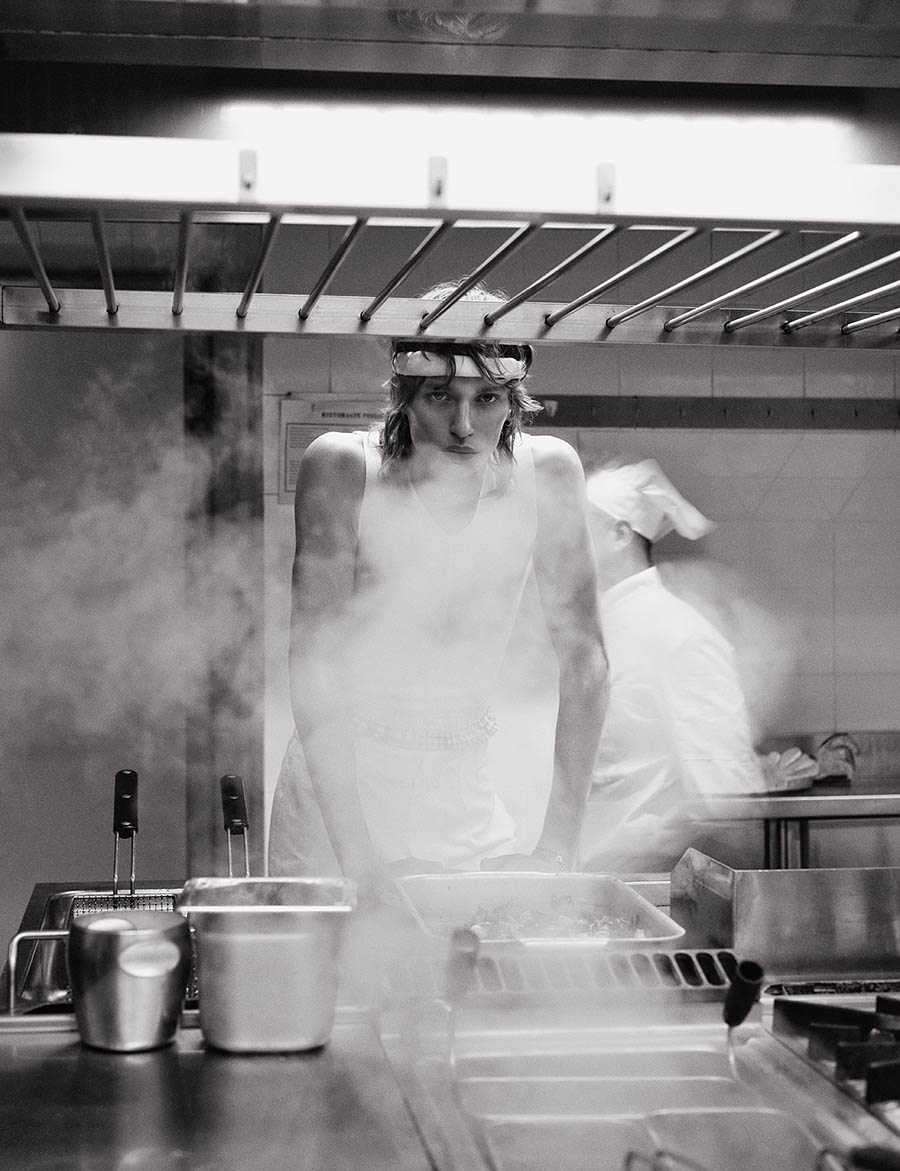
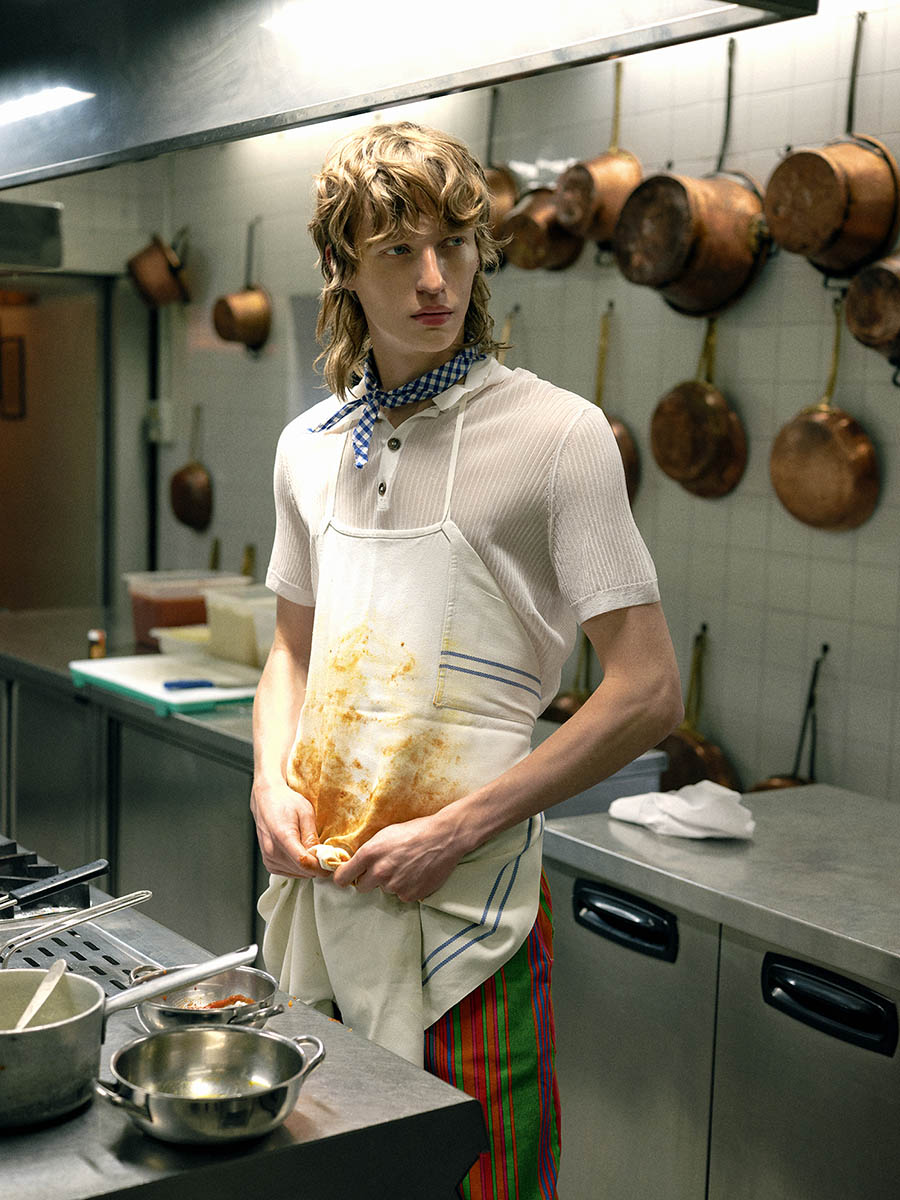
(left) vest SALVATORE FERRAGAMO (right) t-shirt DSQUARED trousers VERSACE
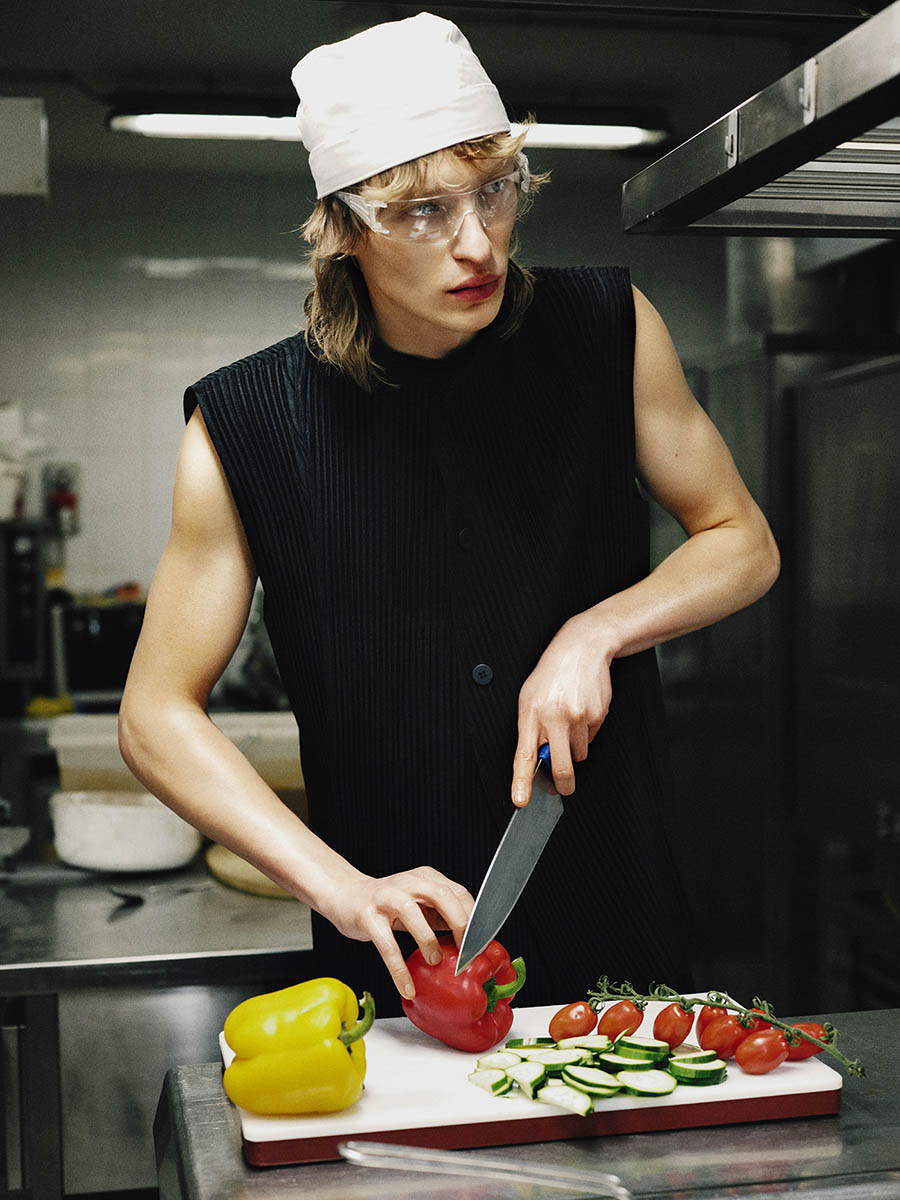
sleeveless shirt ISSEY MIYAKE

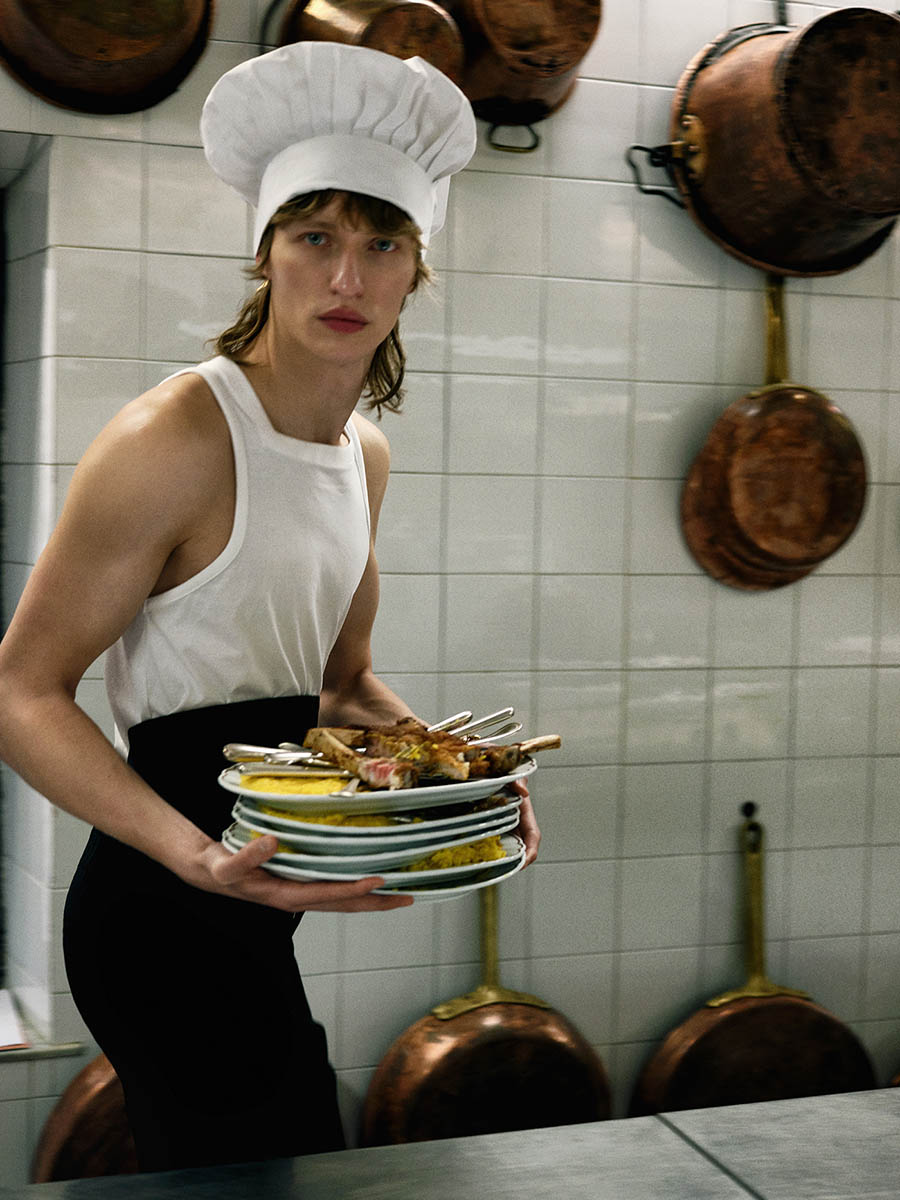
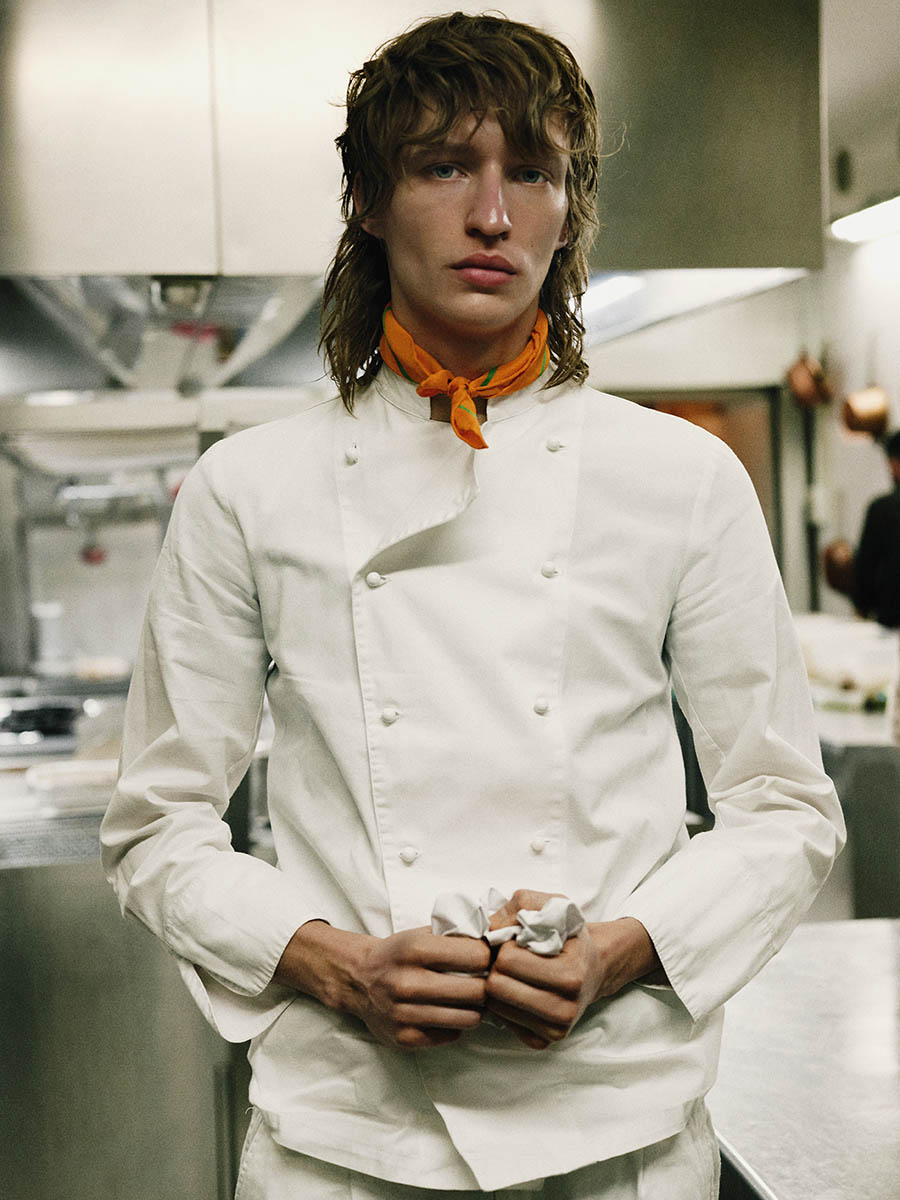
(left) vest, trousers & belt GIVENCHY (right) scarf VERSACE
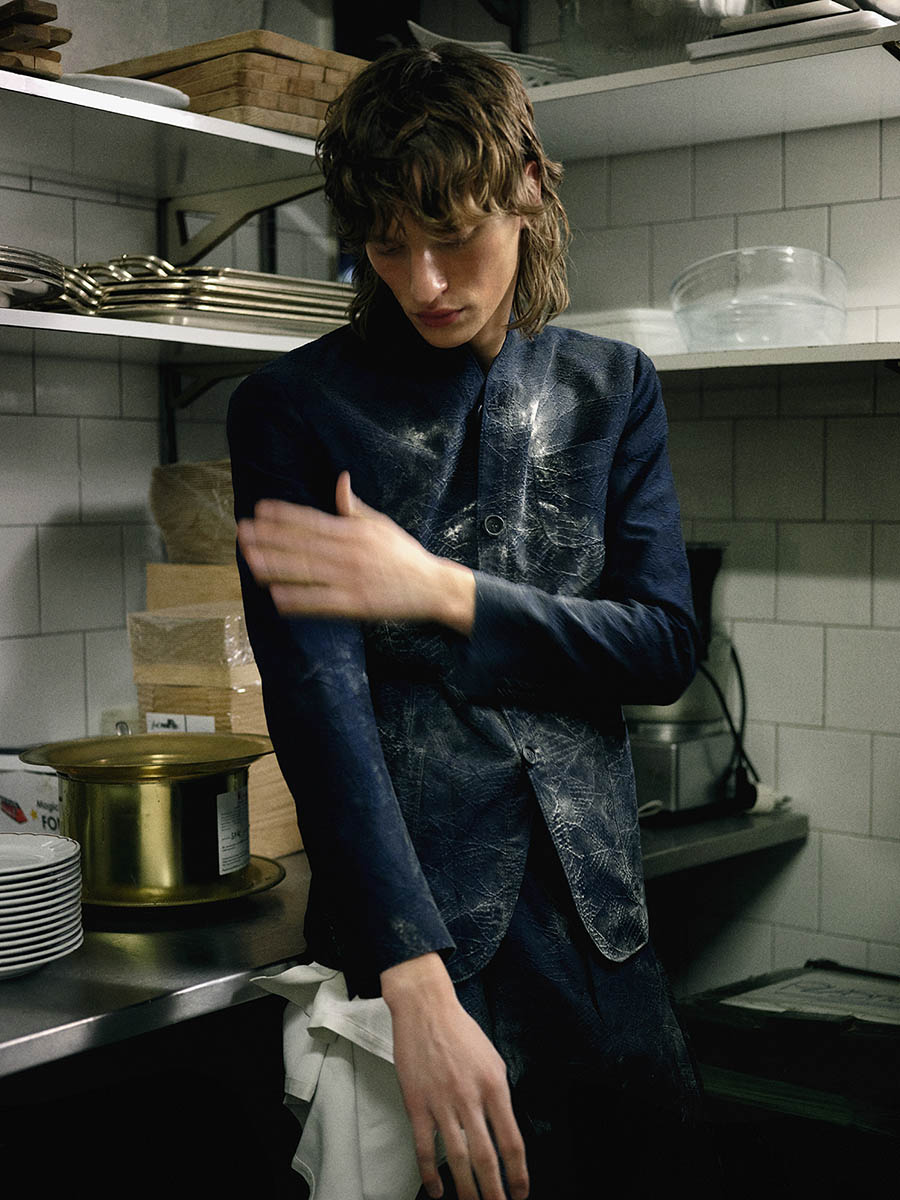
(left) jacket & trousers GIORGIO ARMANI (right) socks VERSACE, checkered underwear ERL
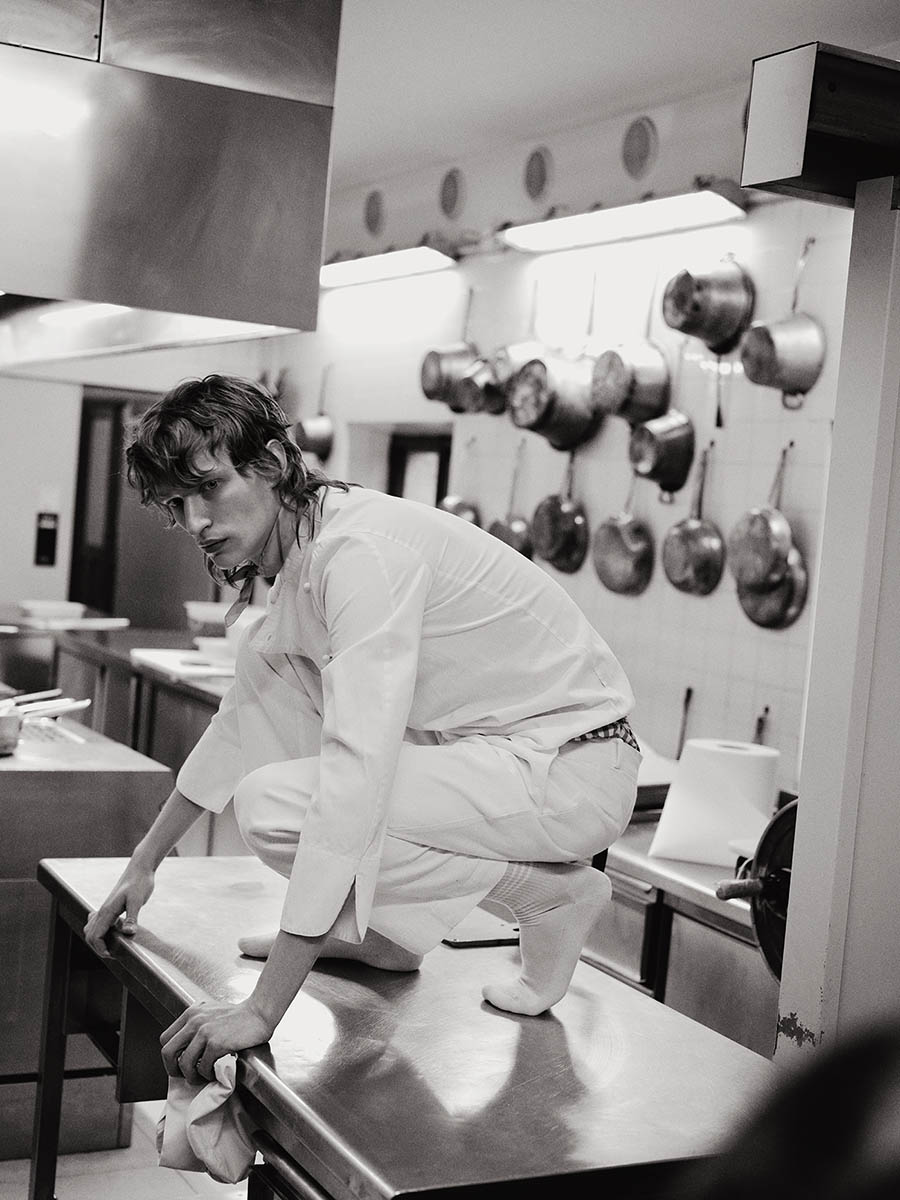
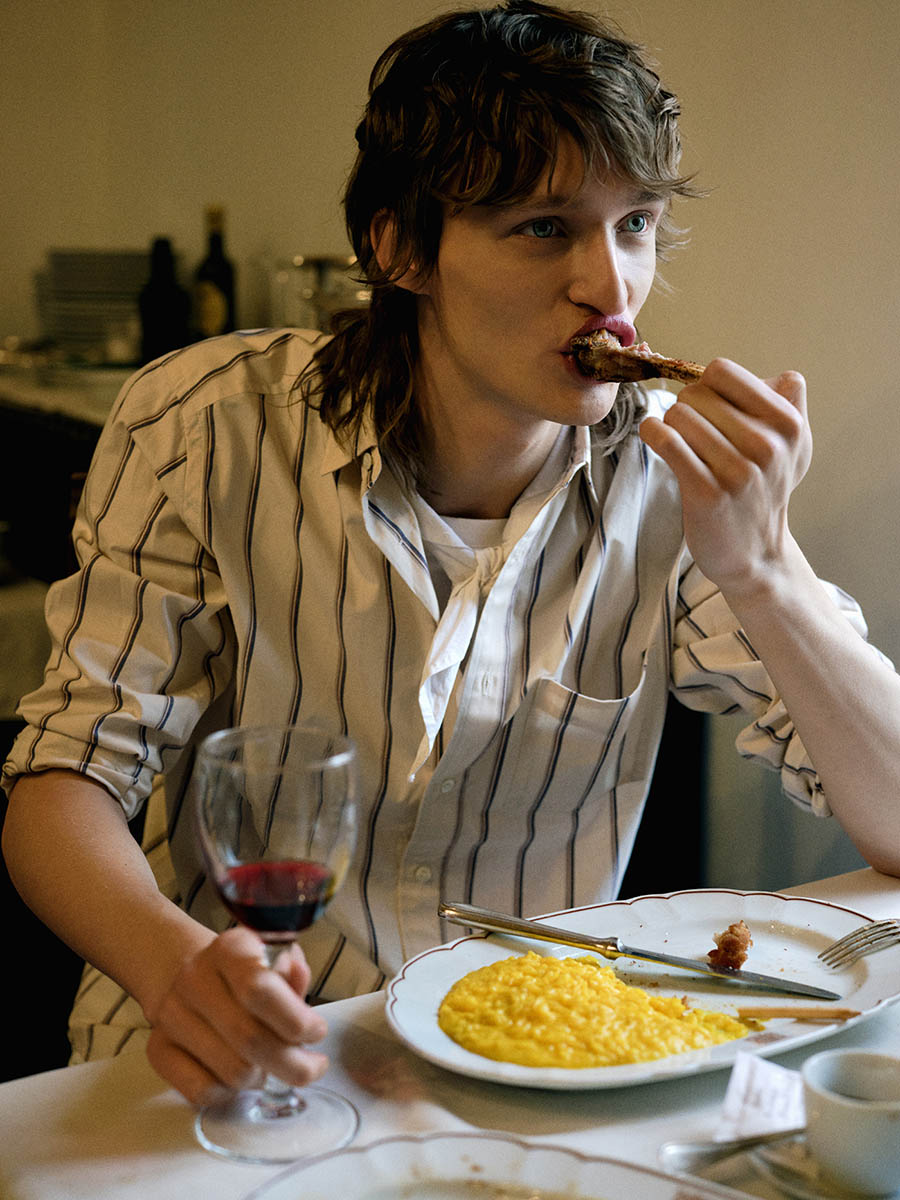
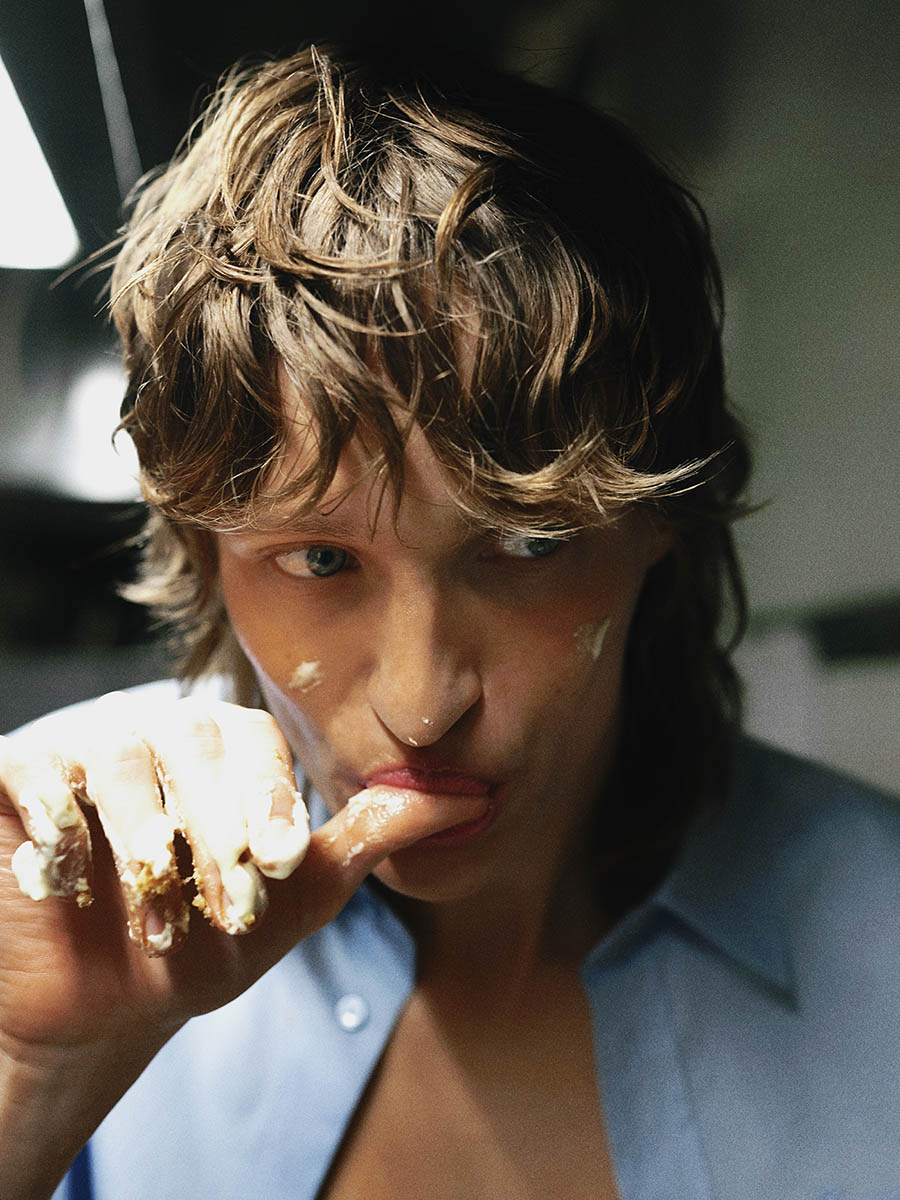
(left) shirt ISABEL MARANT (right) shirt VERSACE
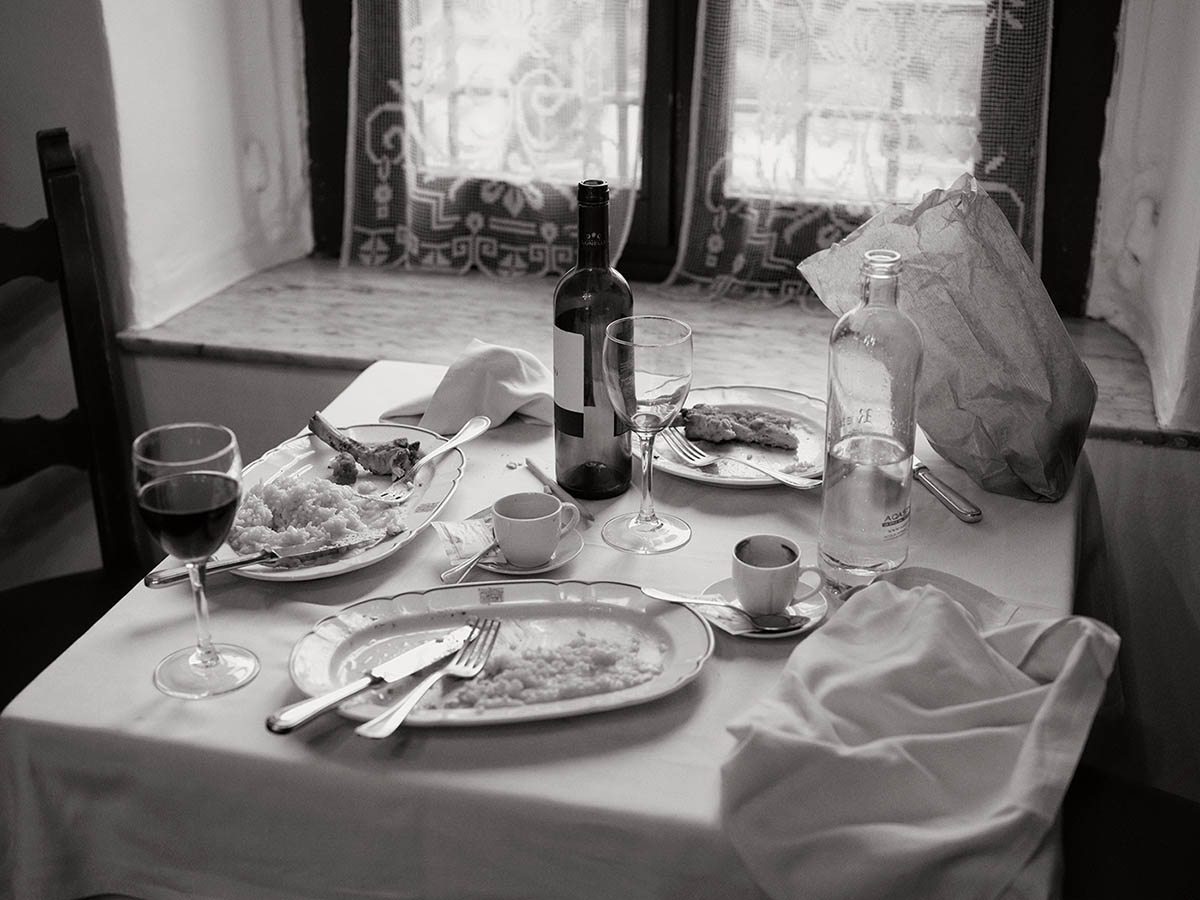
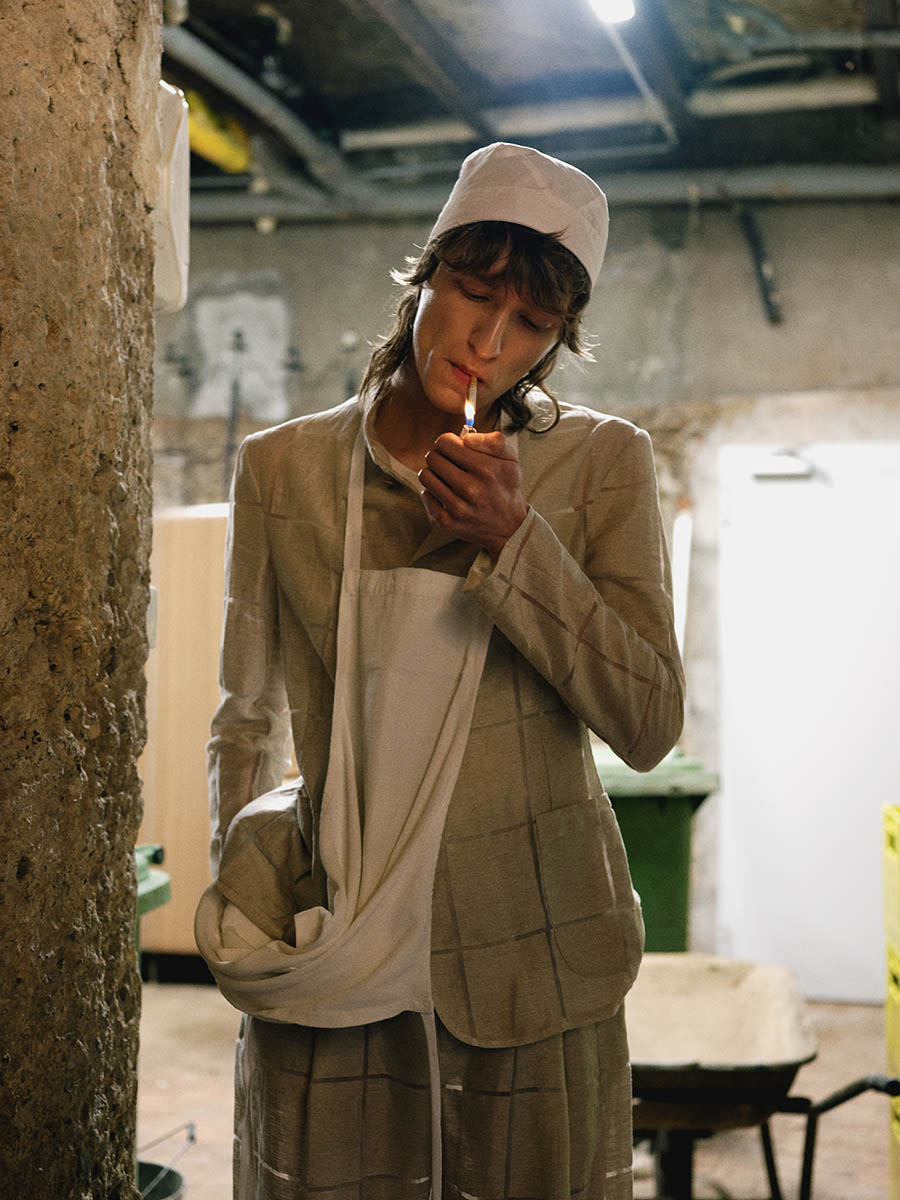
jacket & trouser EMPORIO ARMANI
Photographer: Gioconda & August (@giocondaandaugust)
Fashion Editor: Andrea Colace (@andrea_colace)
MUA: Luciano Chiarello (@lucianochiarello)
Hair: Giovanni Iovino (@giovanni28iovino)
Talent: Nikita Stsjolokov (@origamilegs)
Special Thanks to Ristorante Fossati


